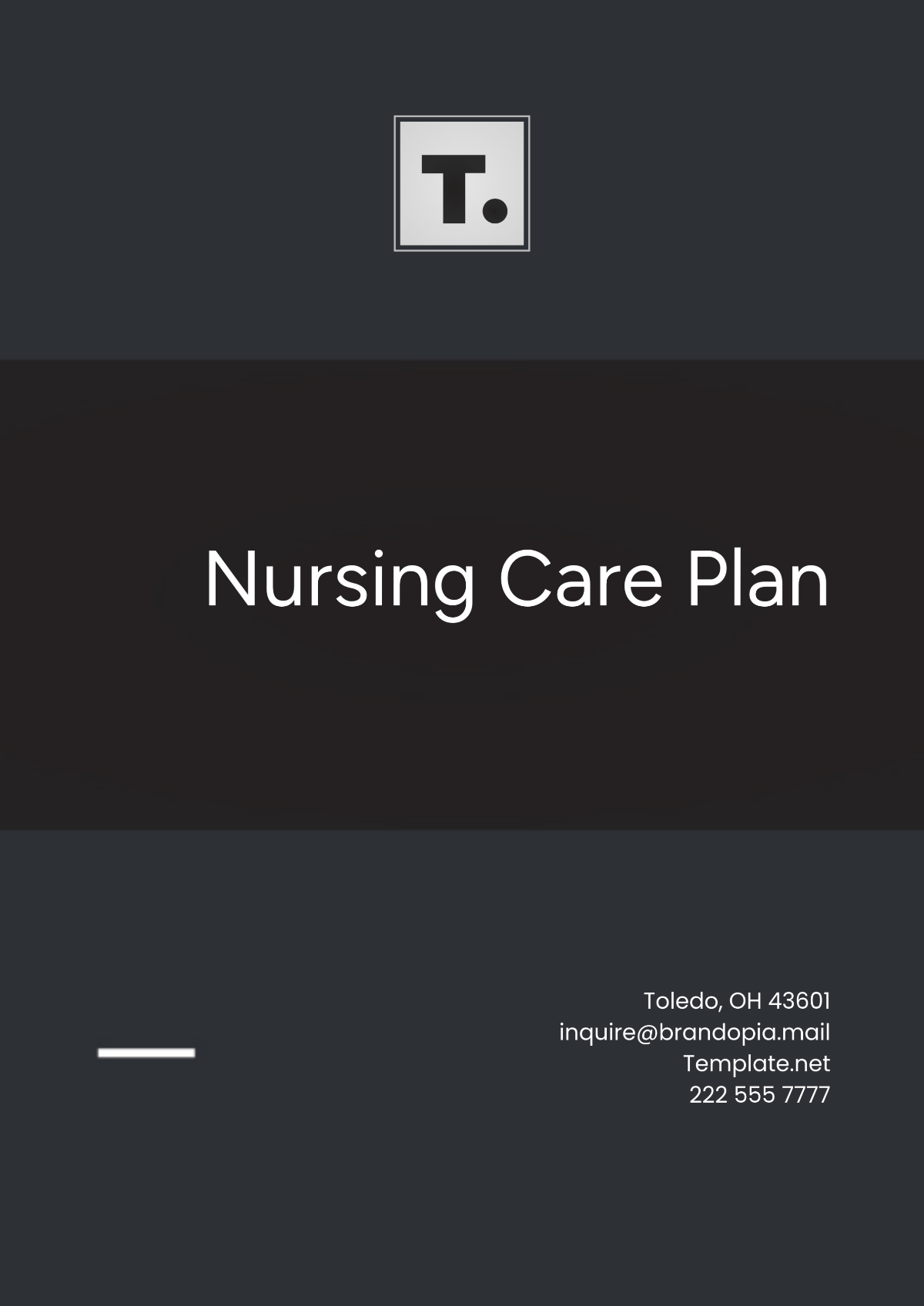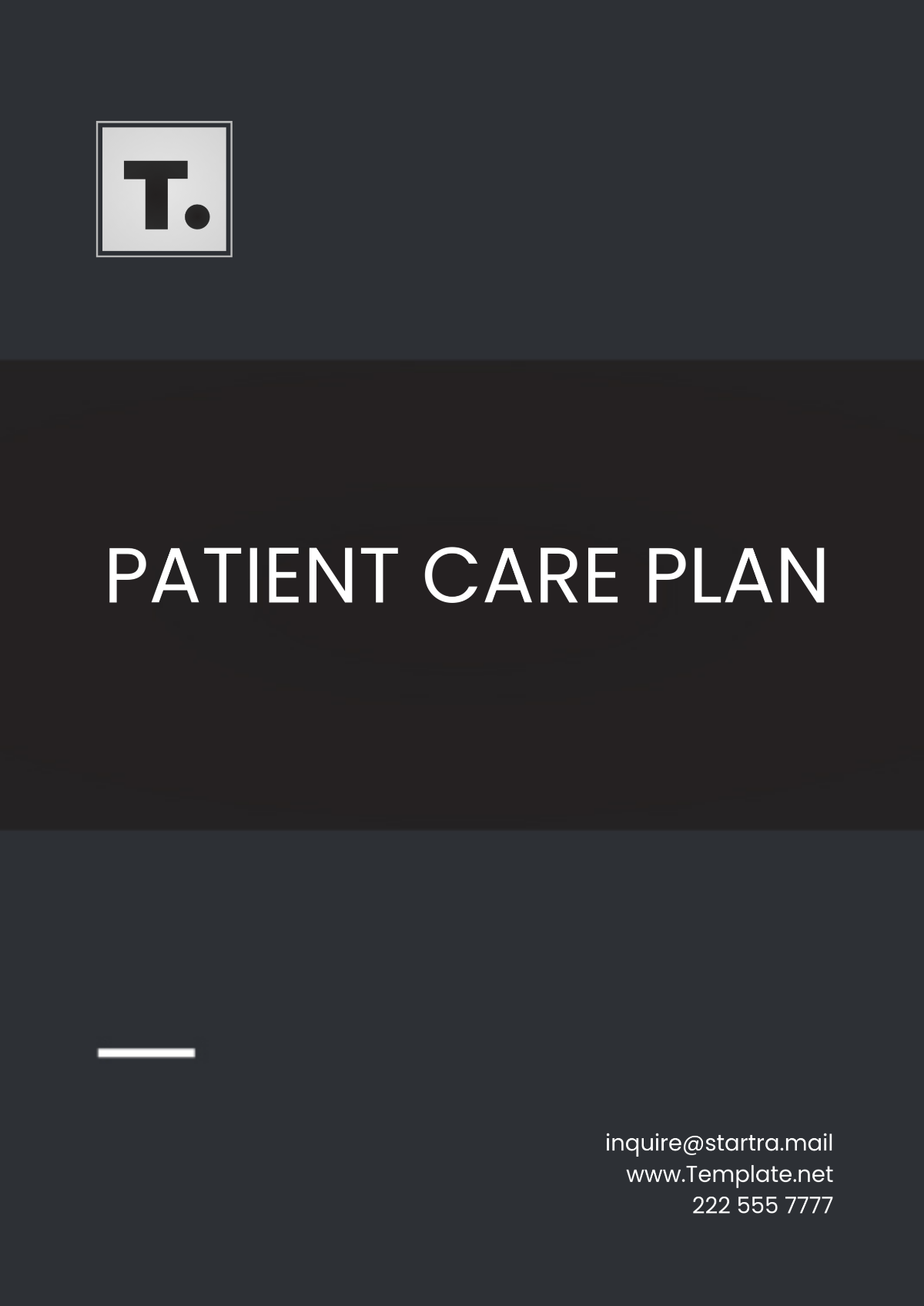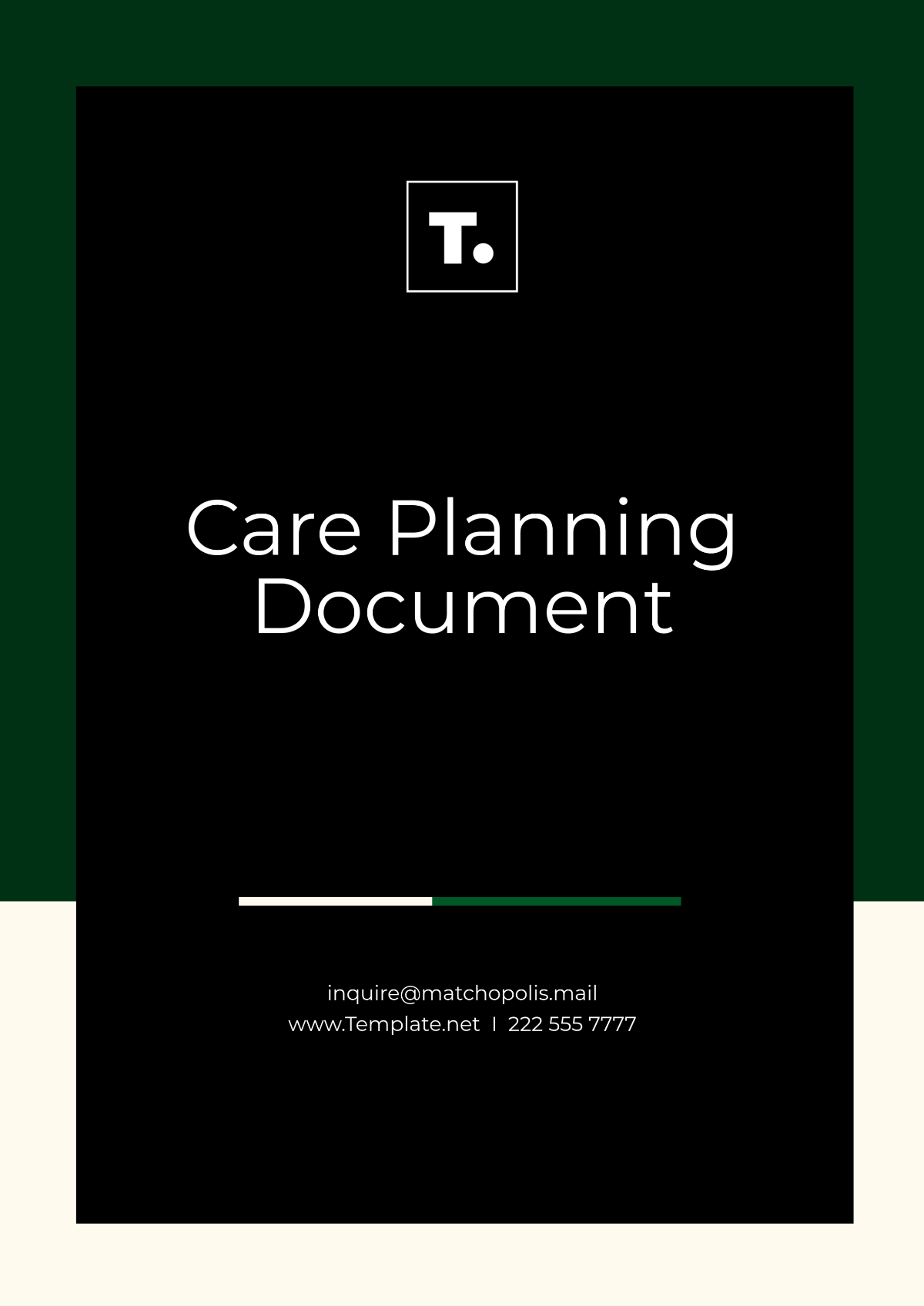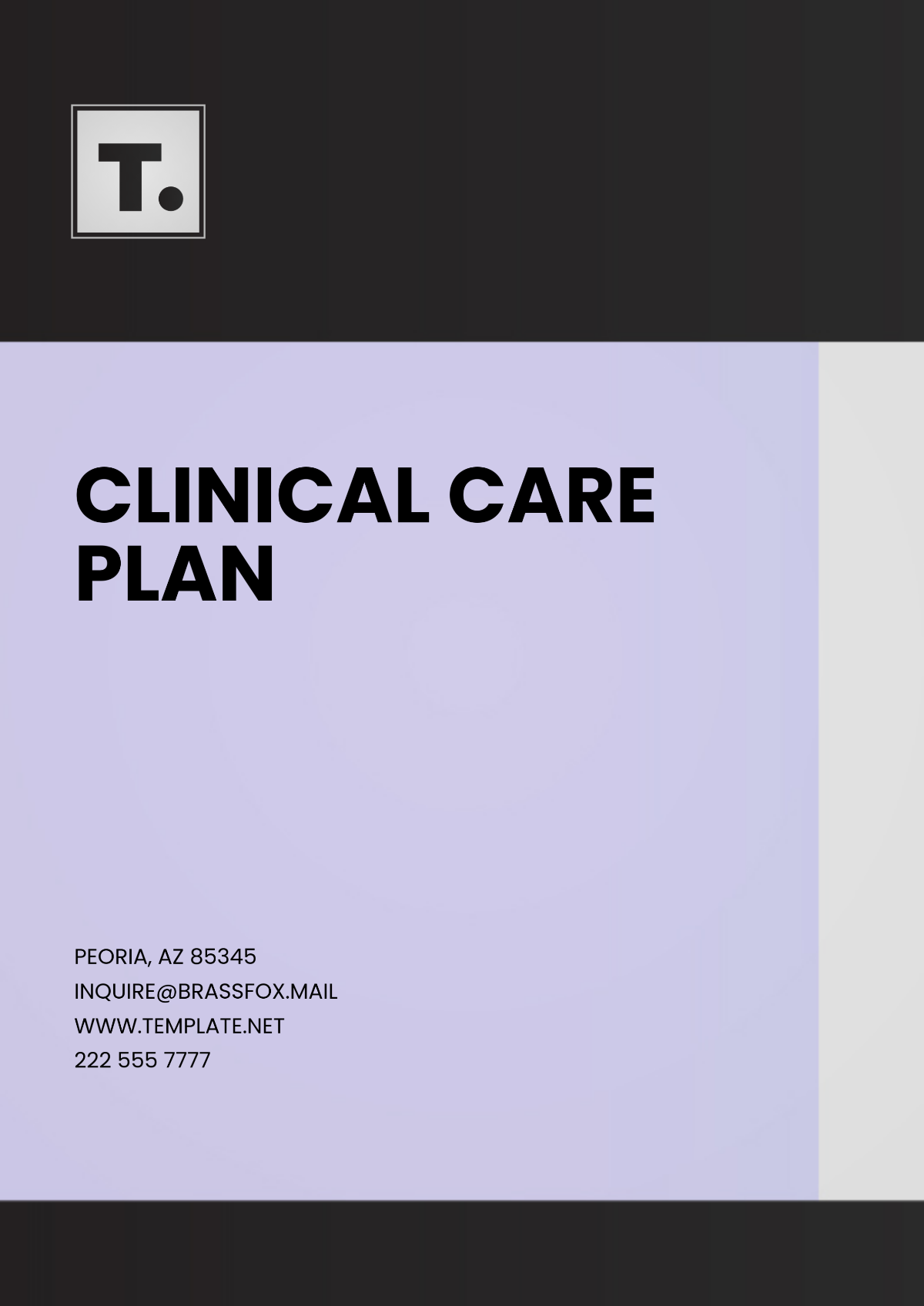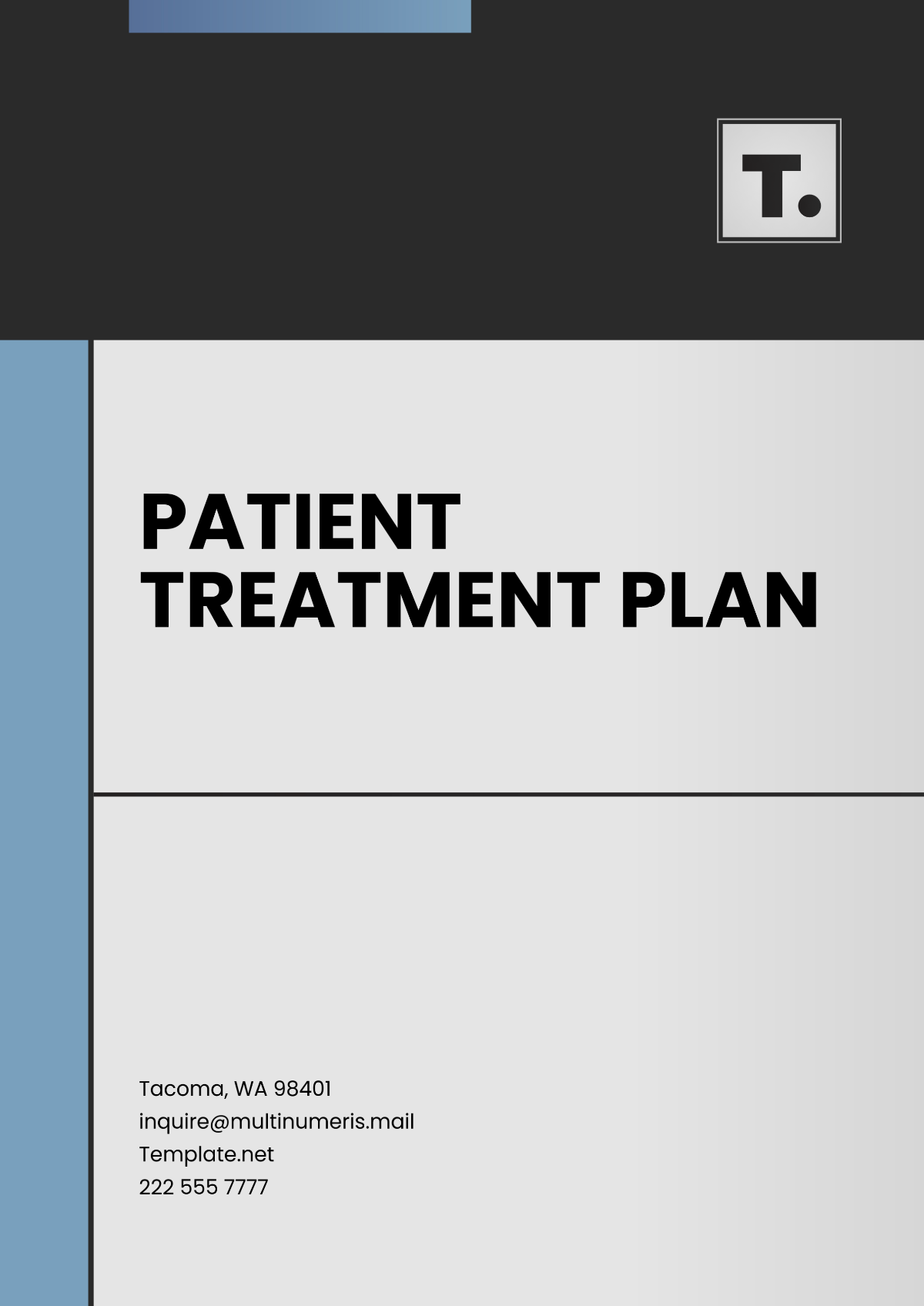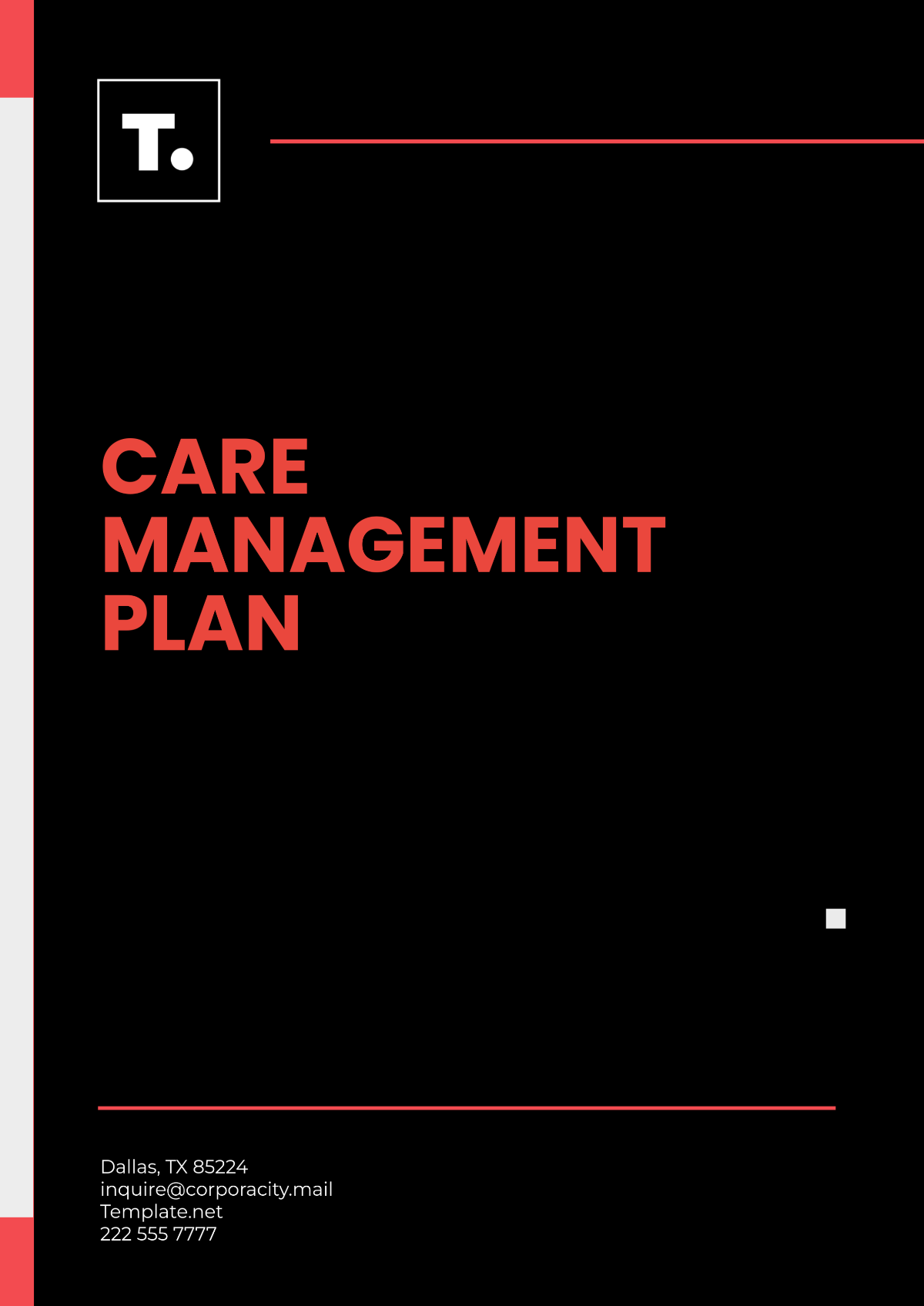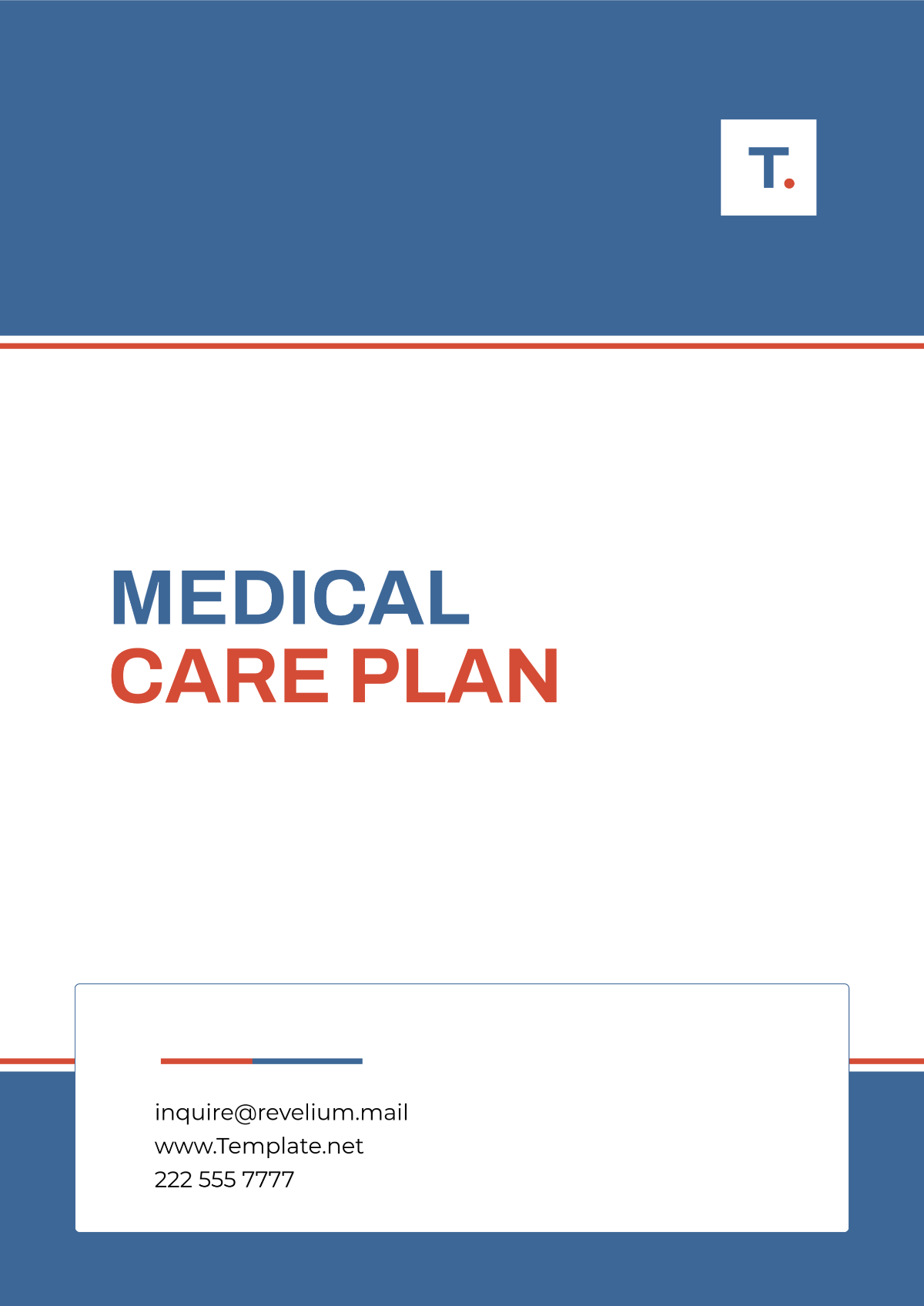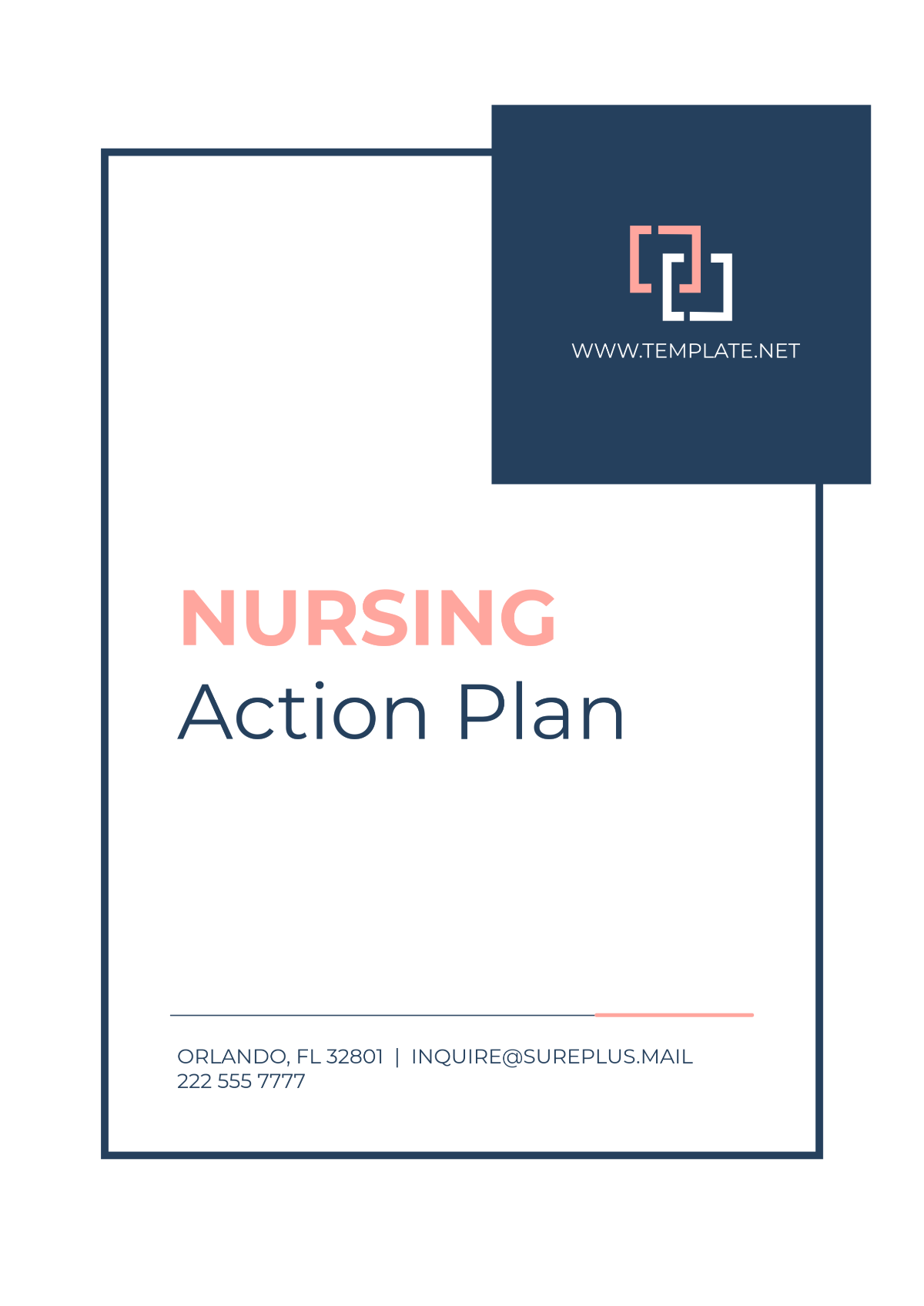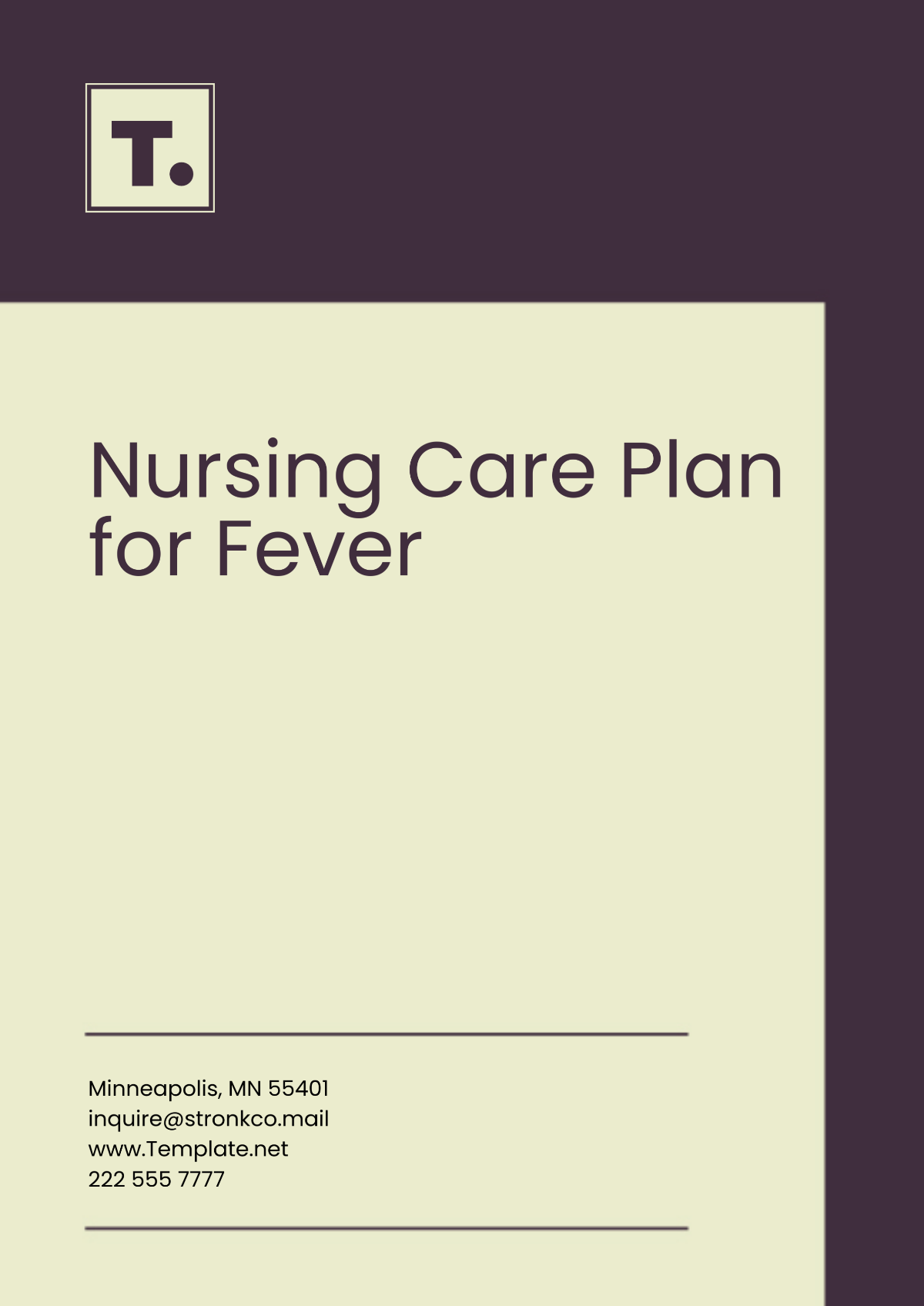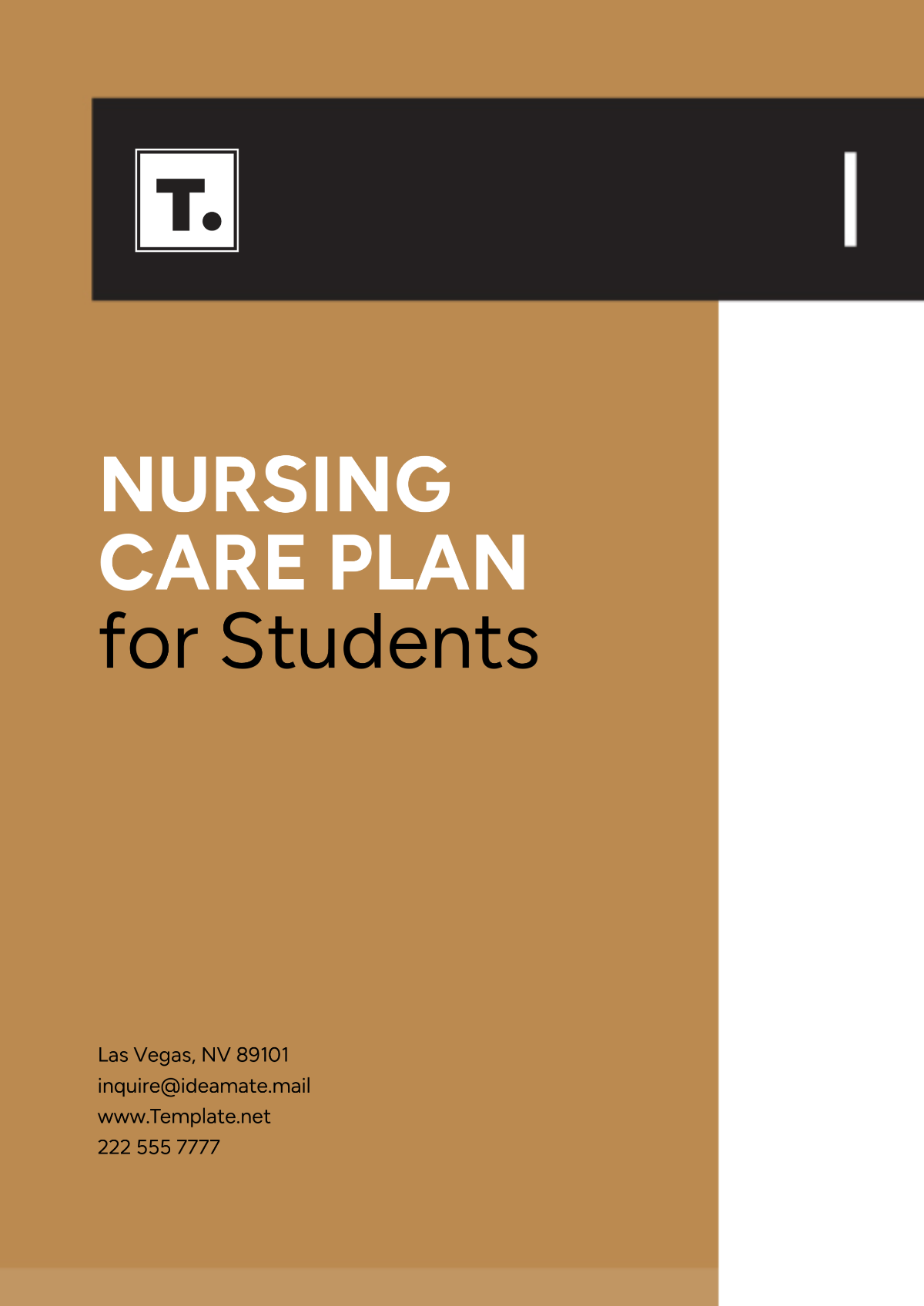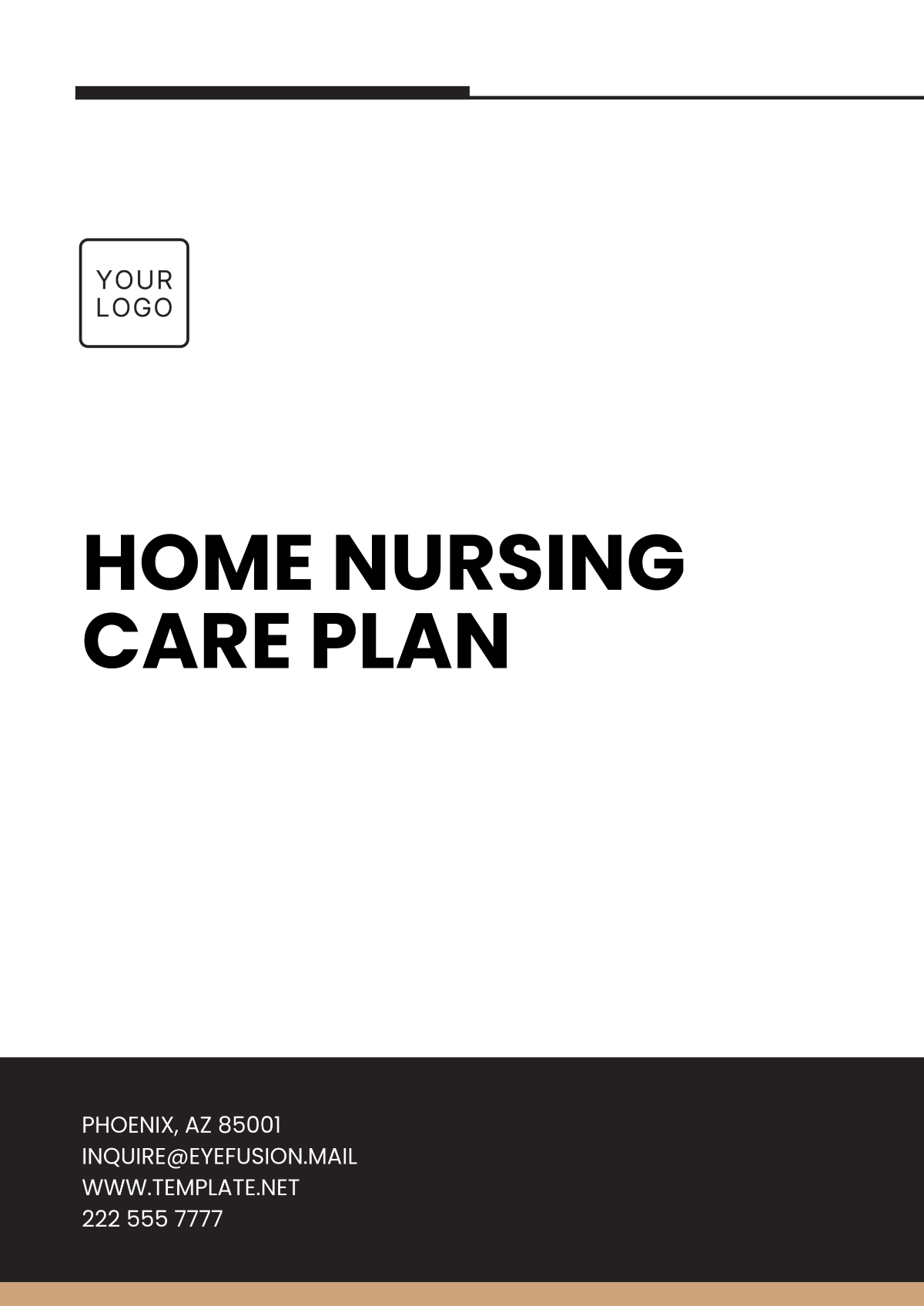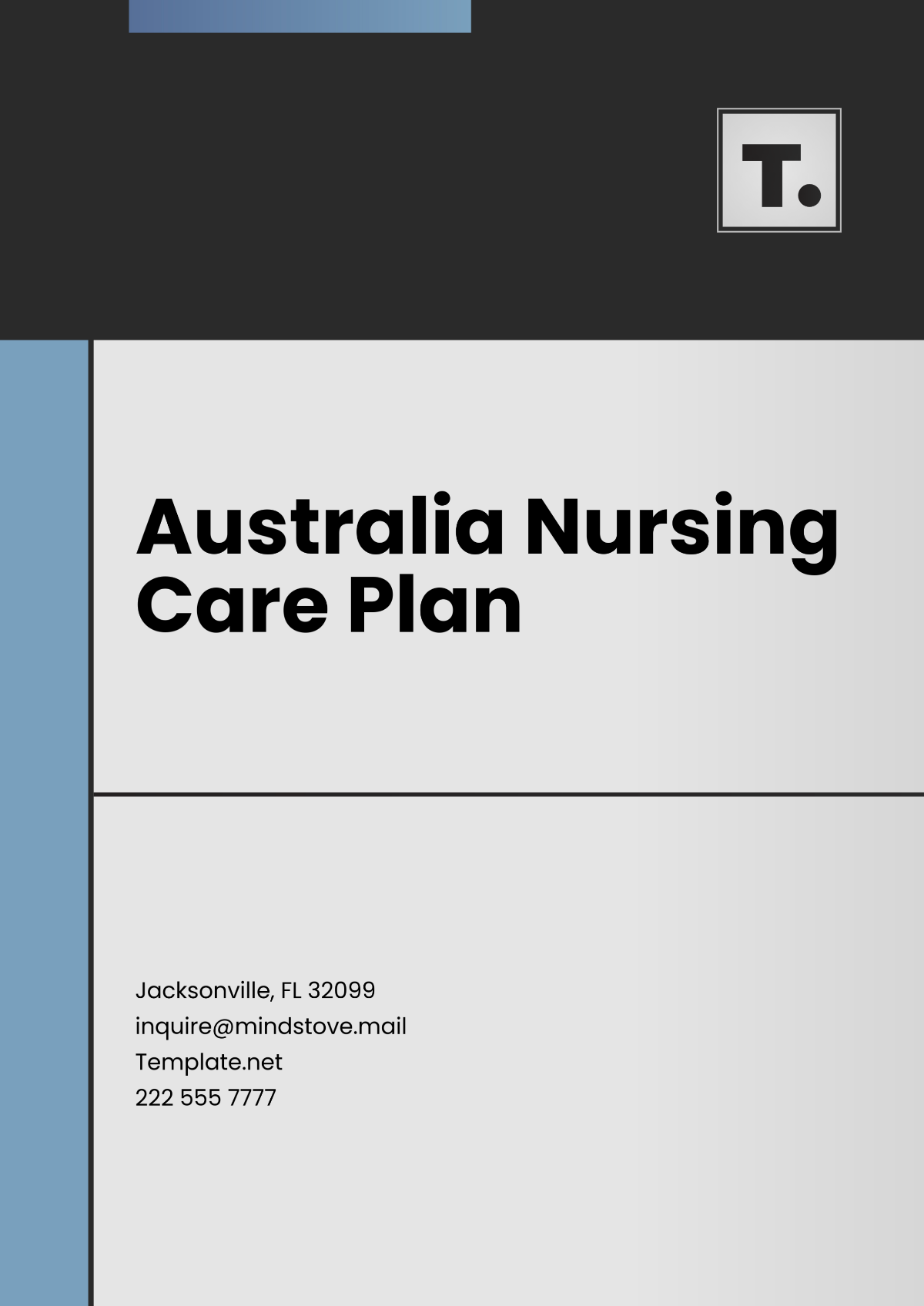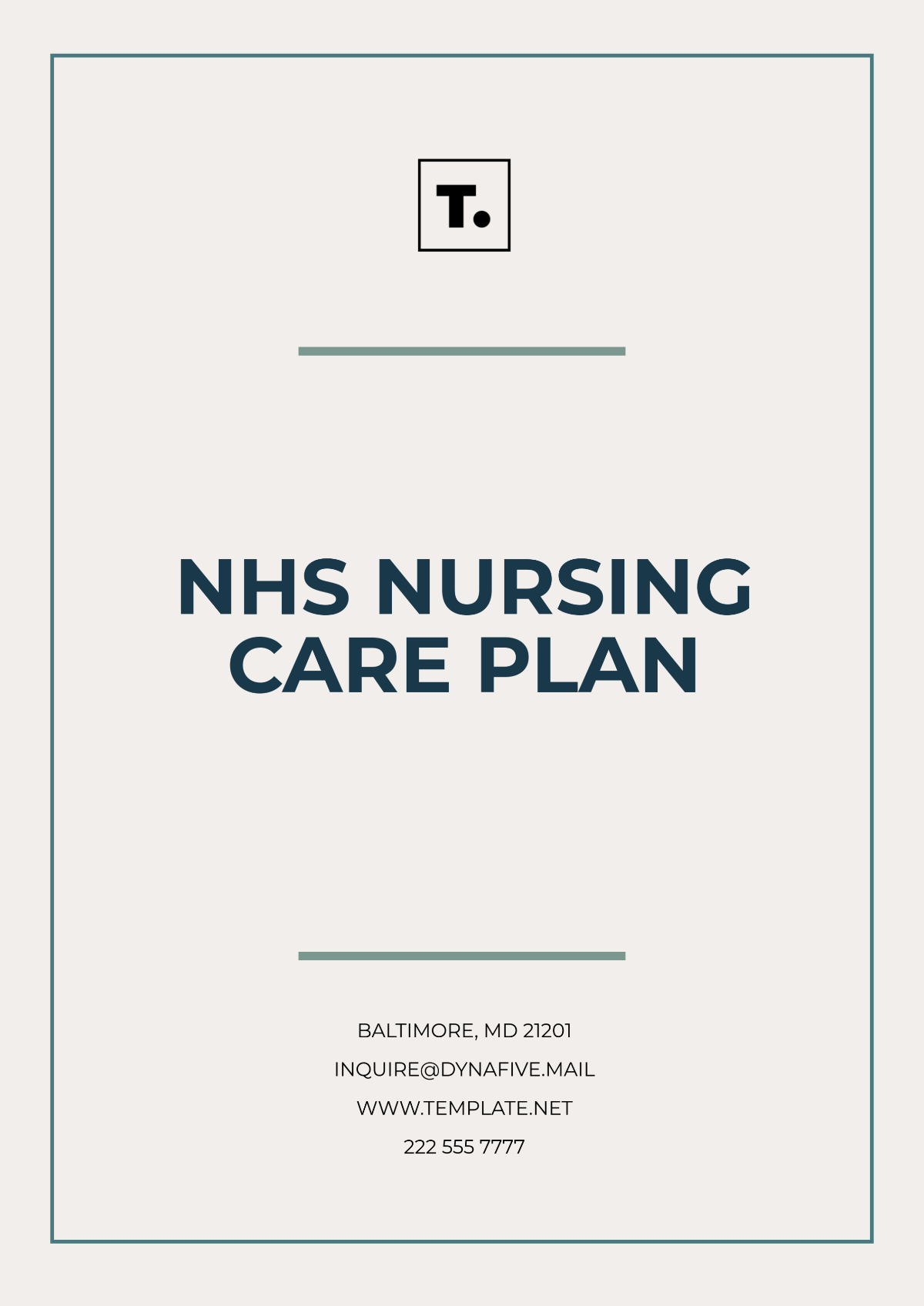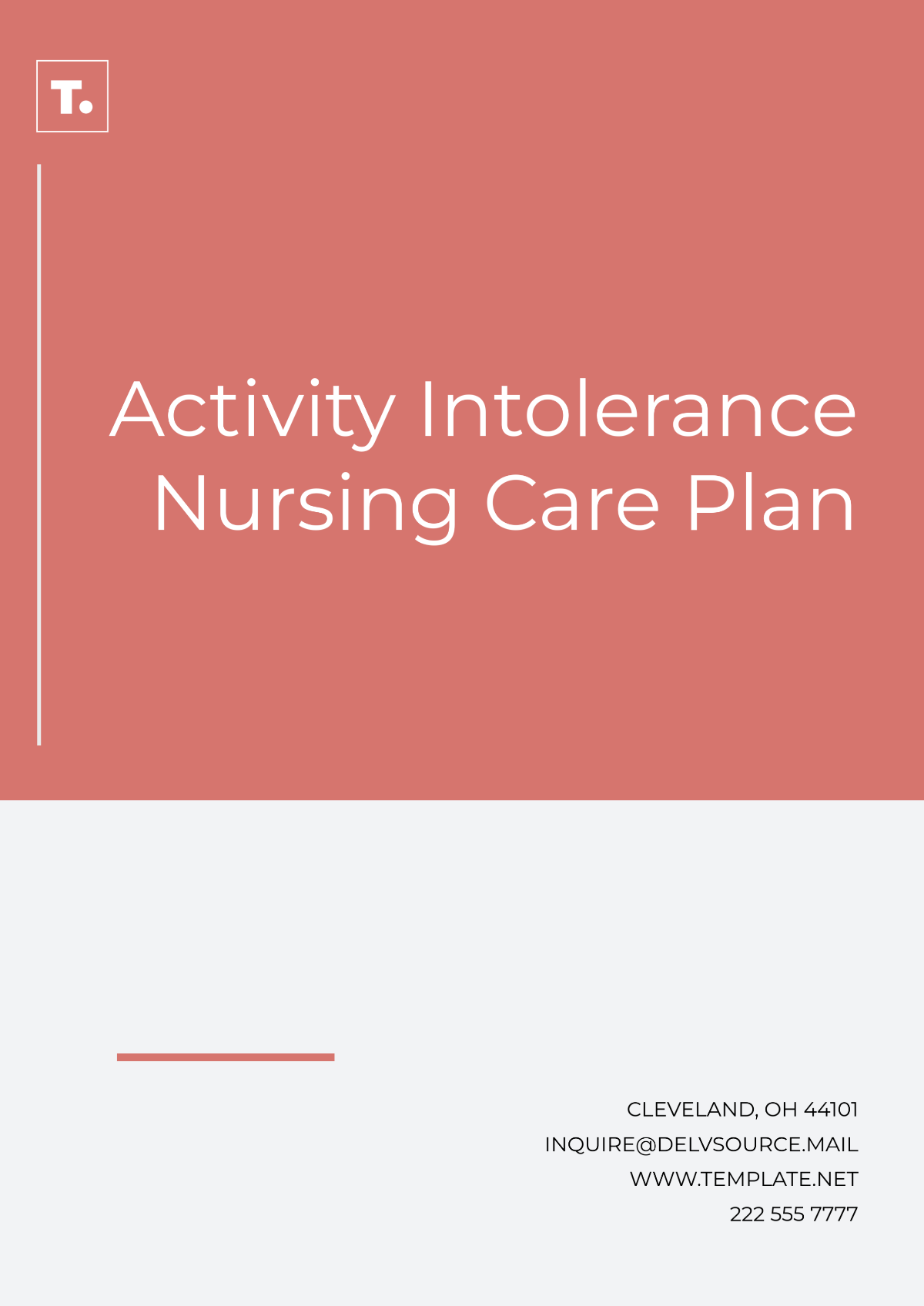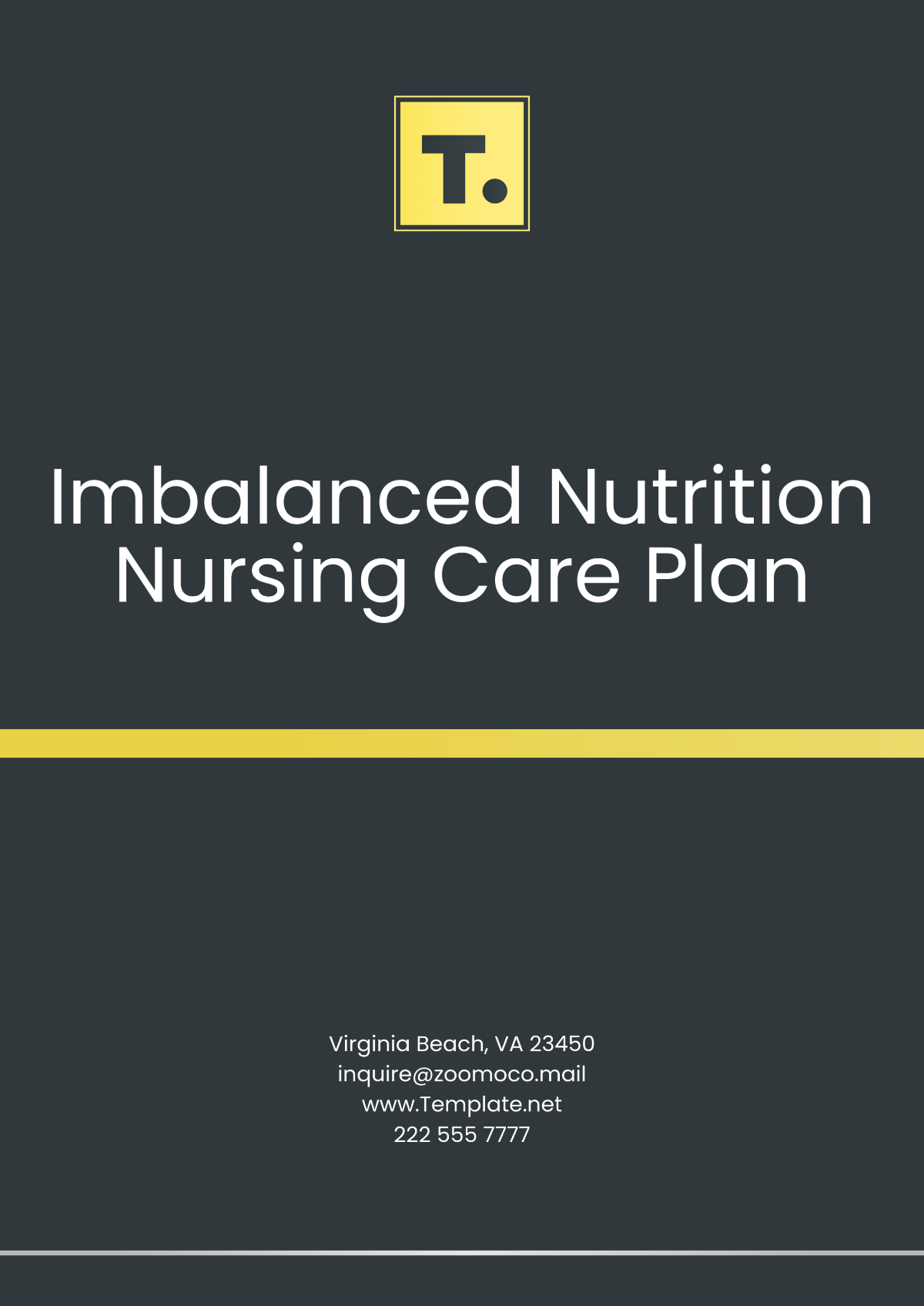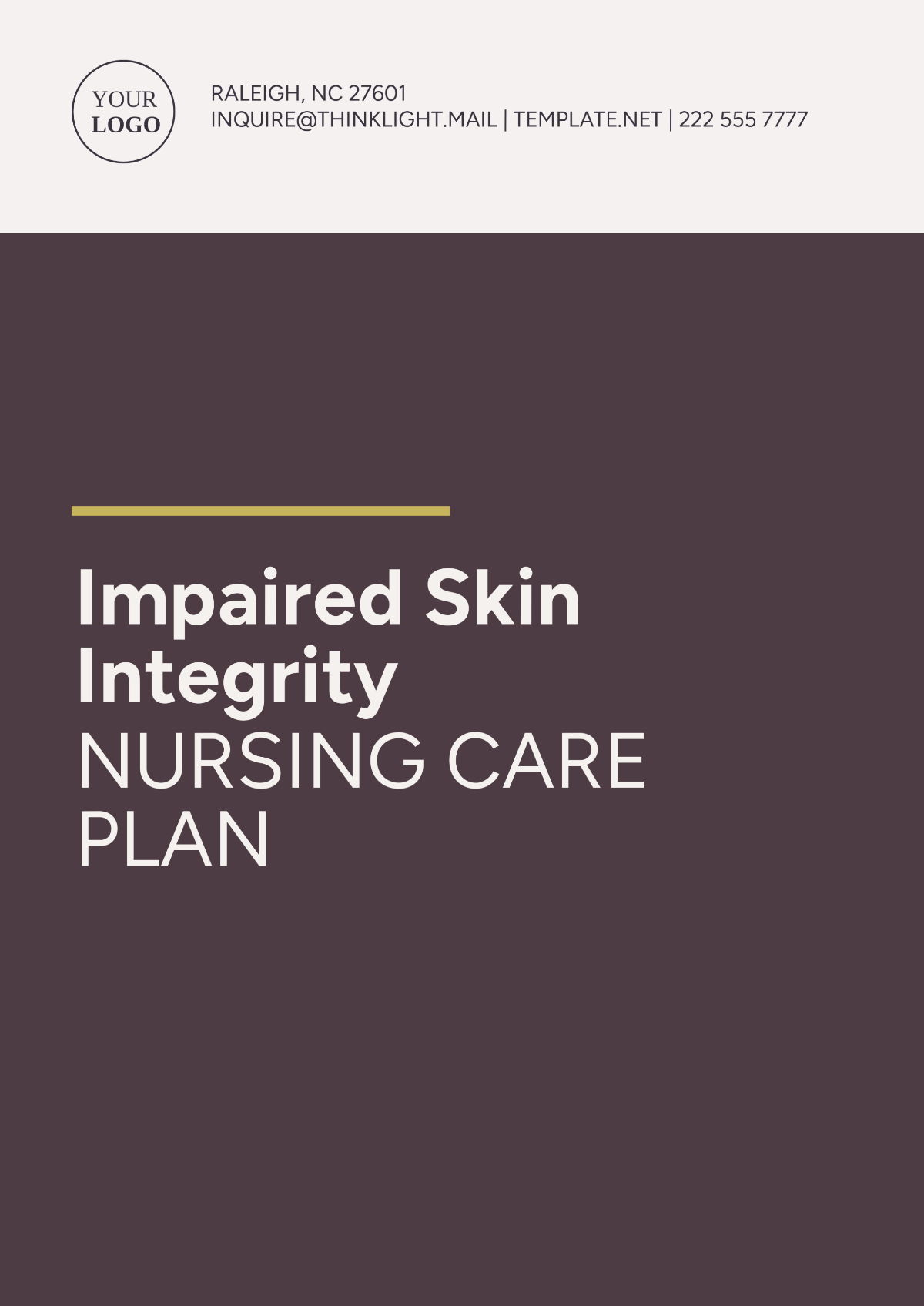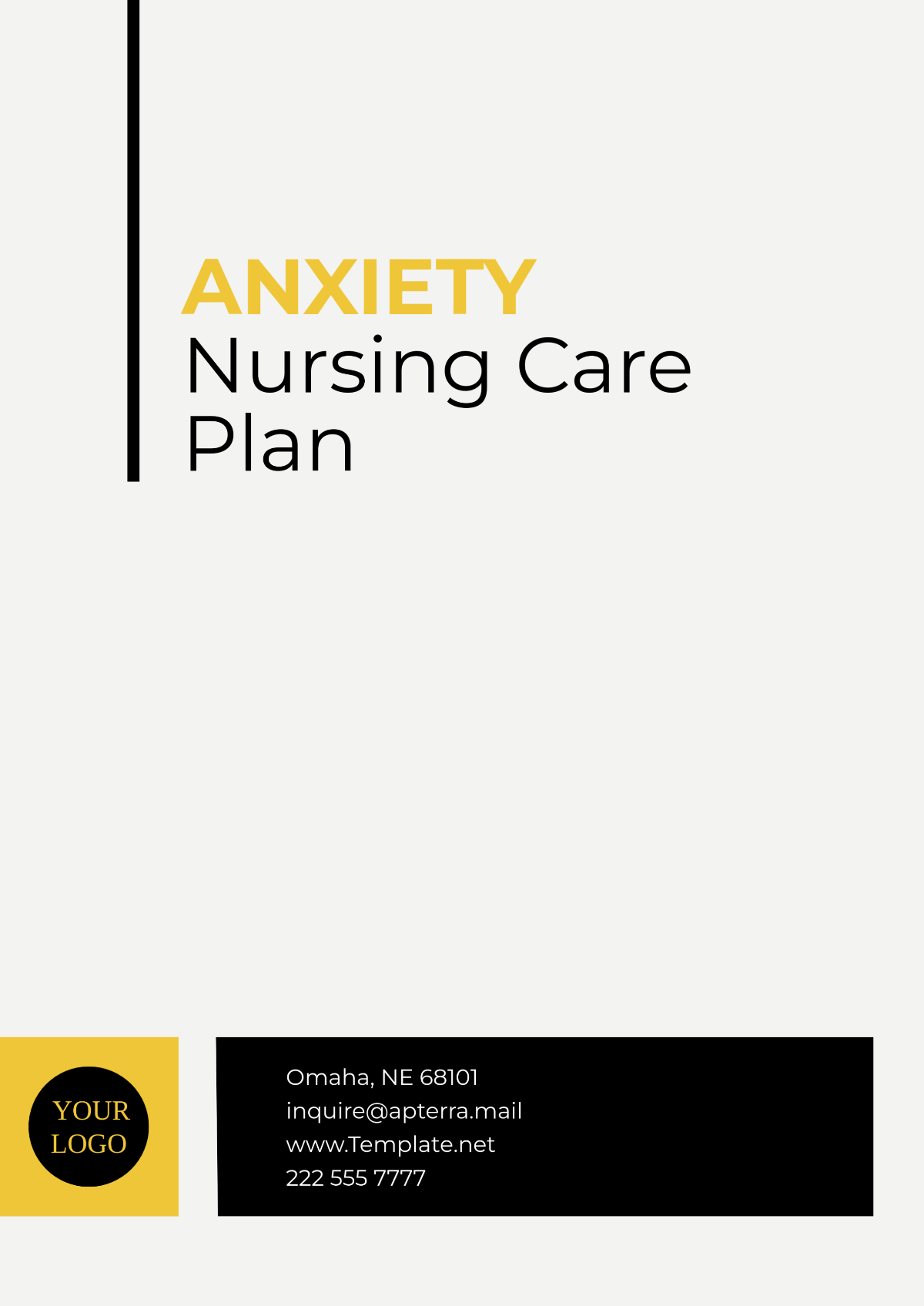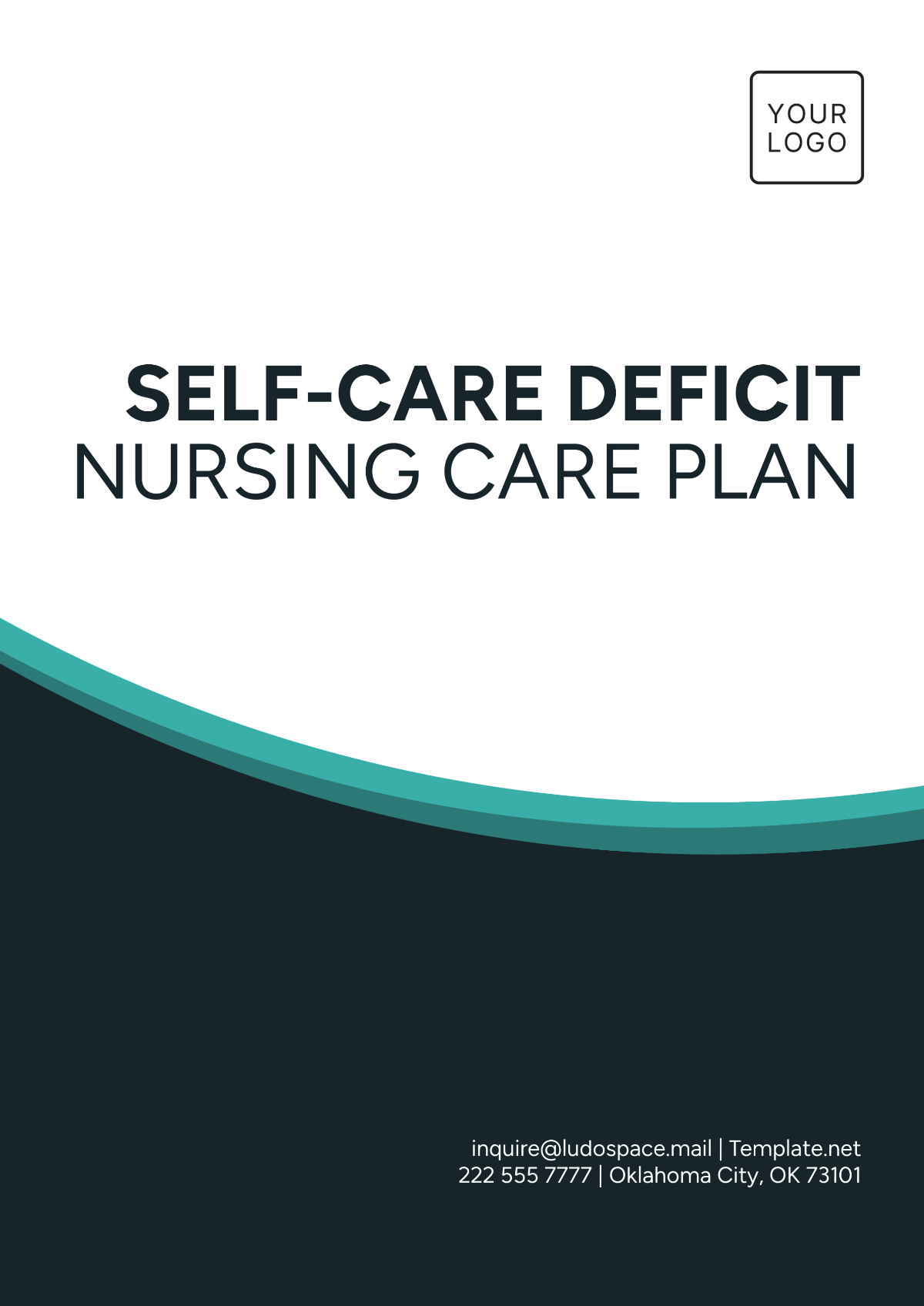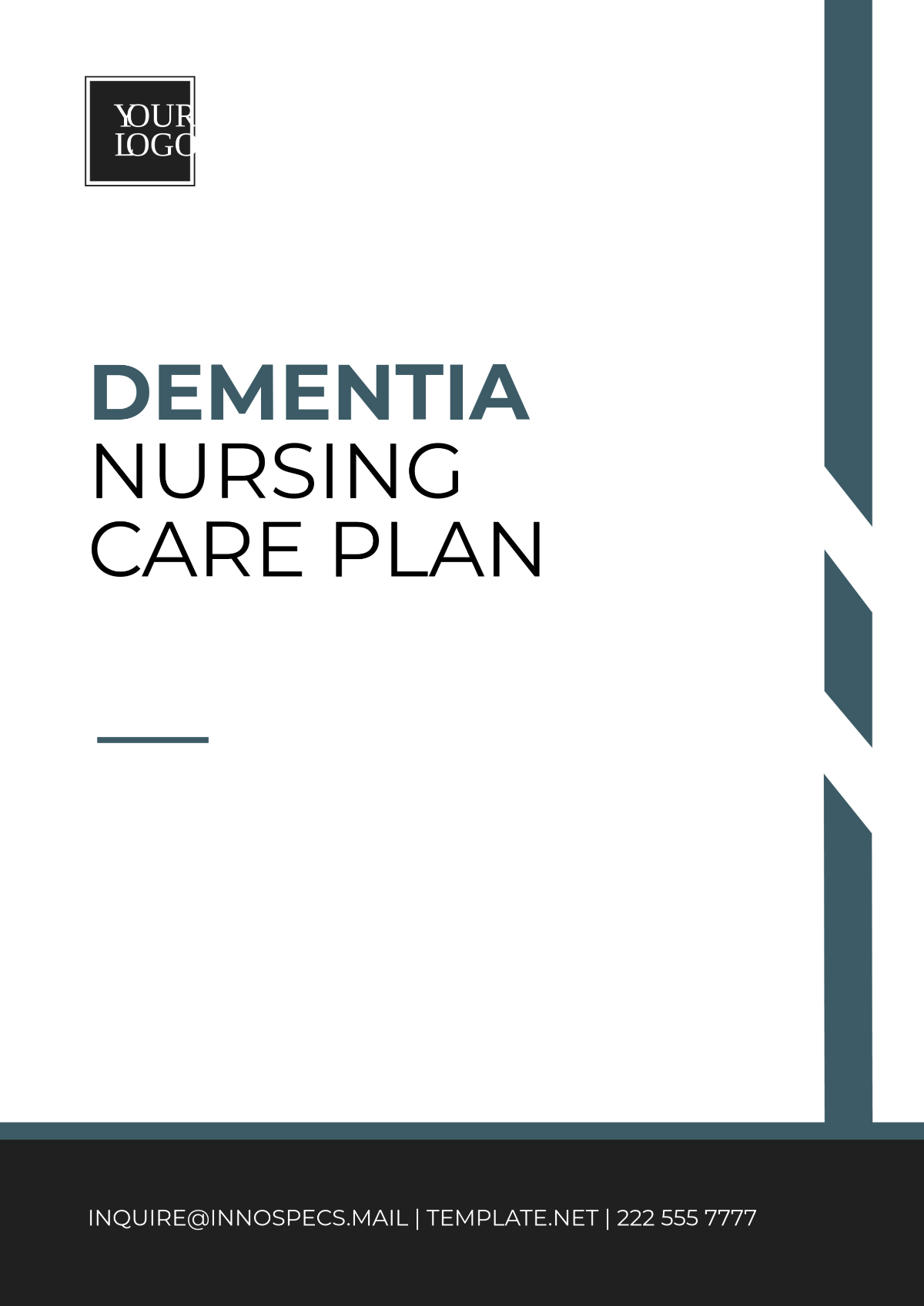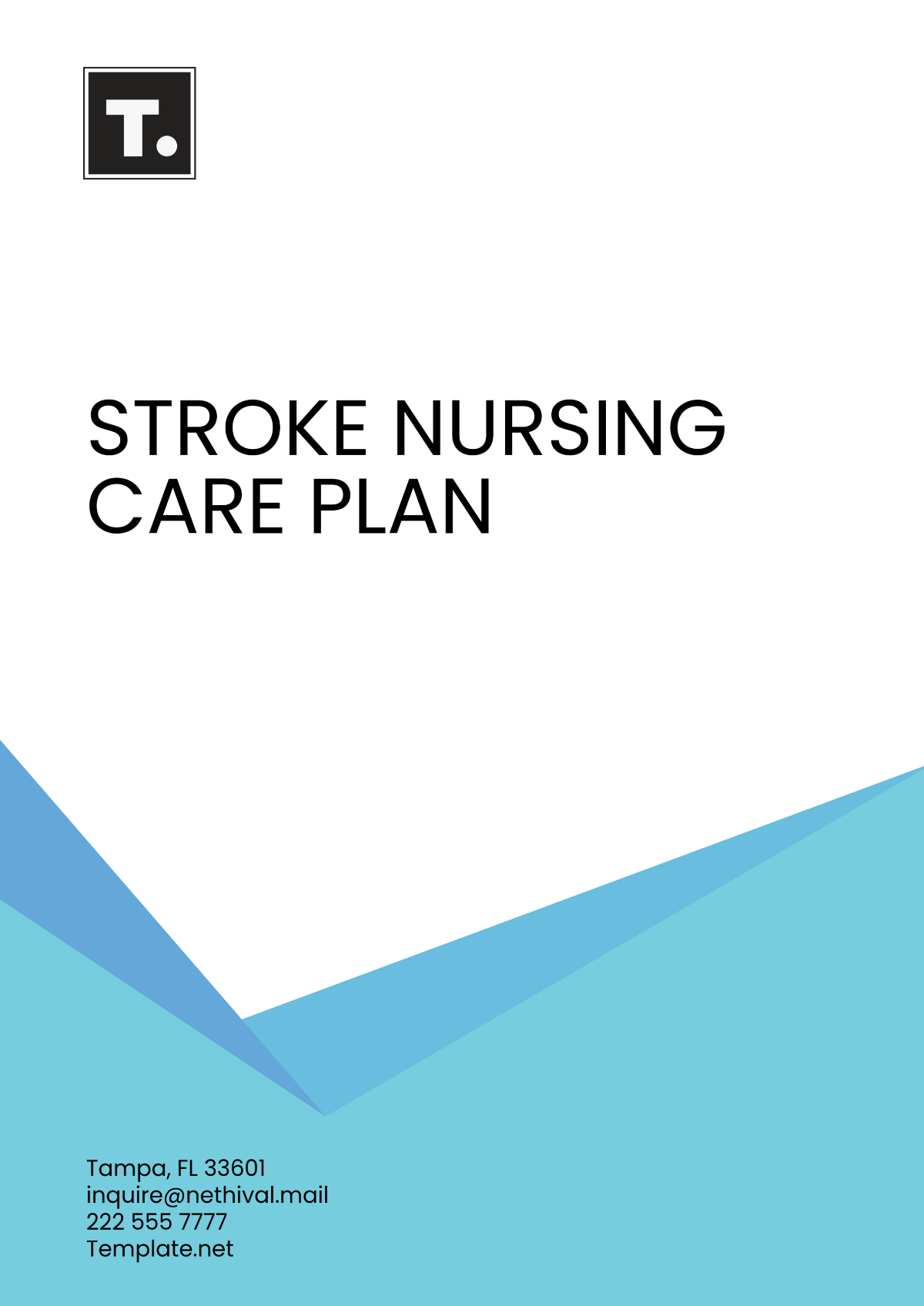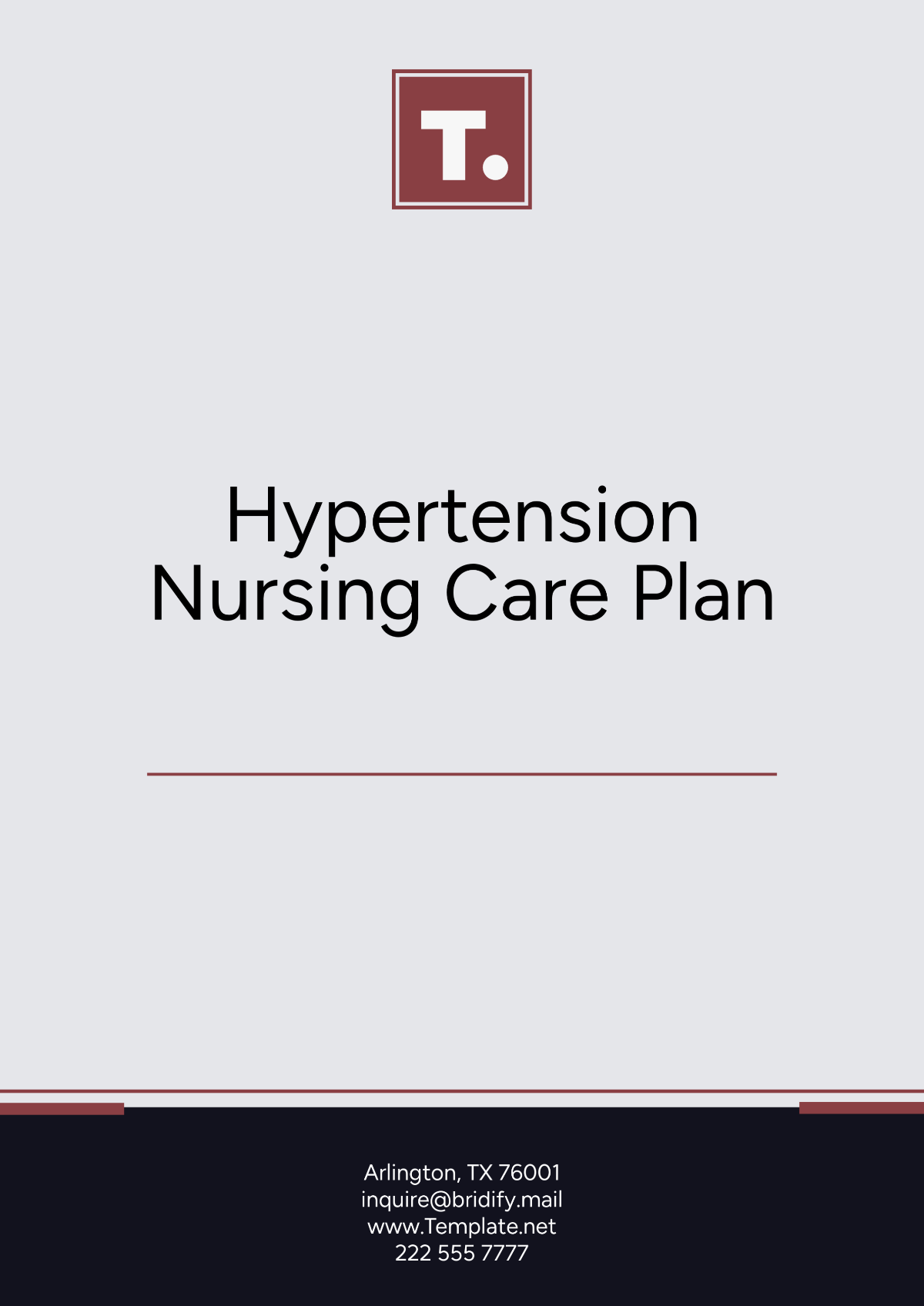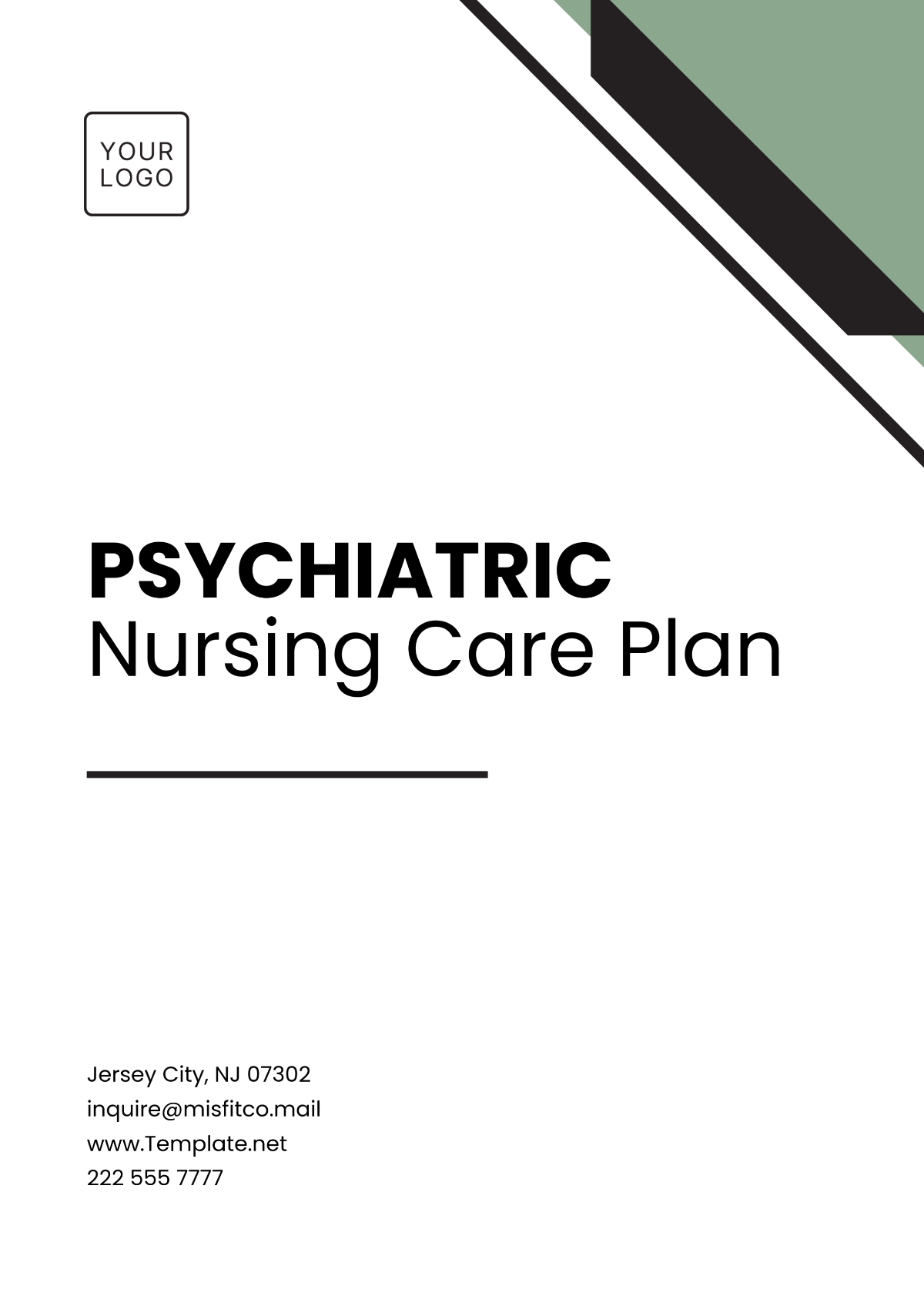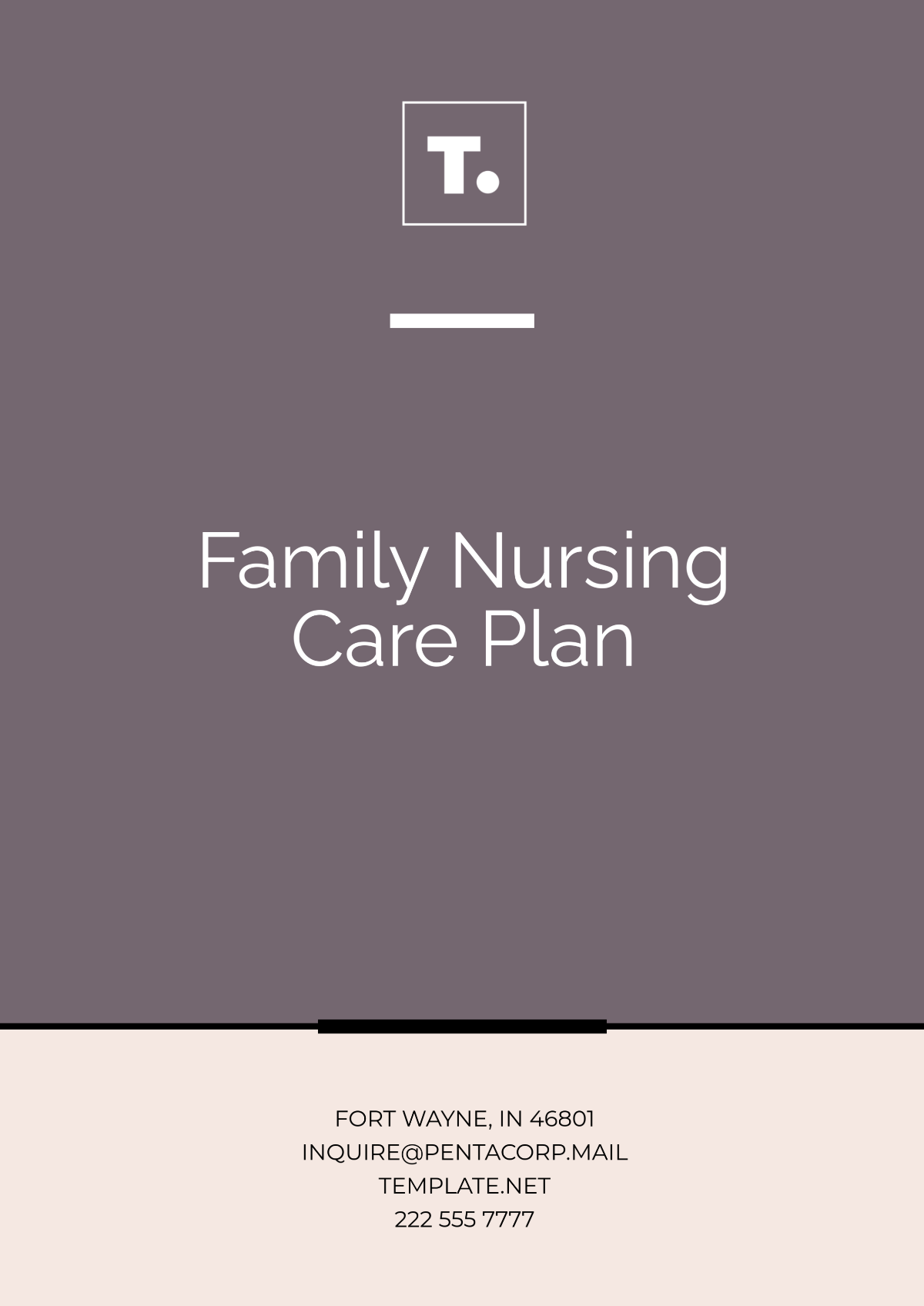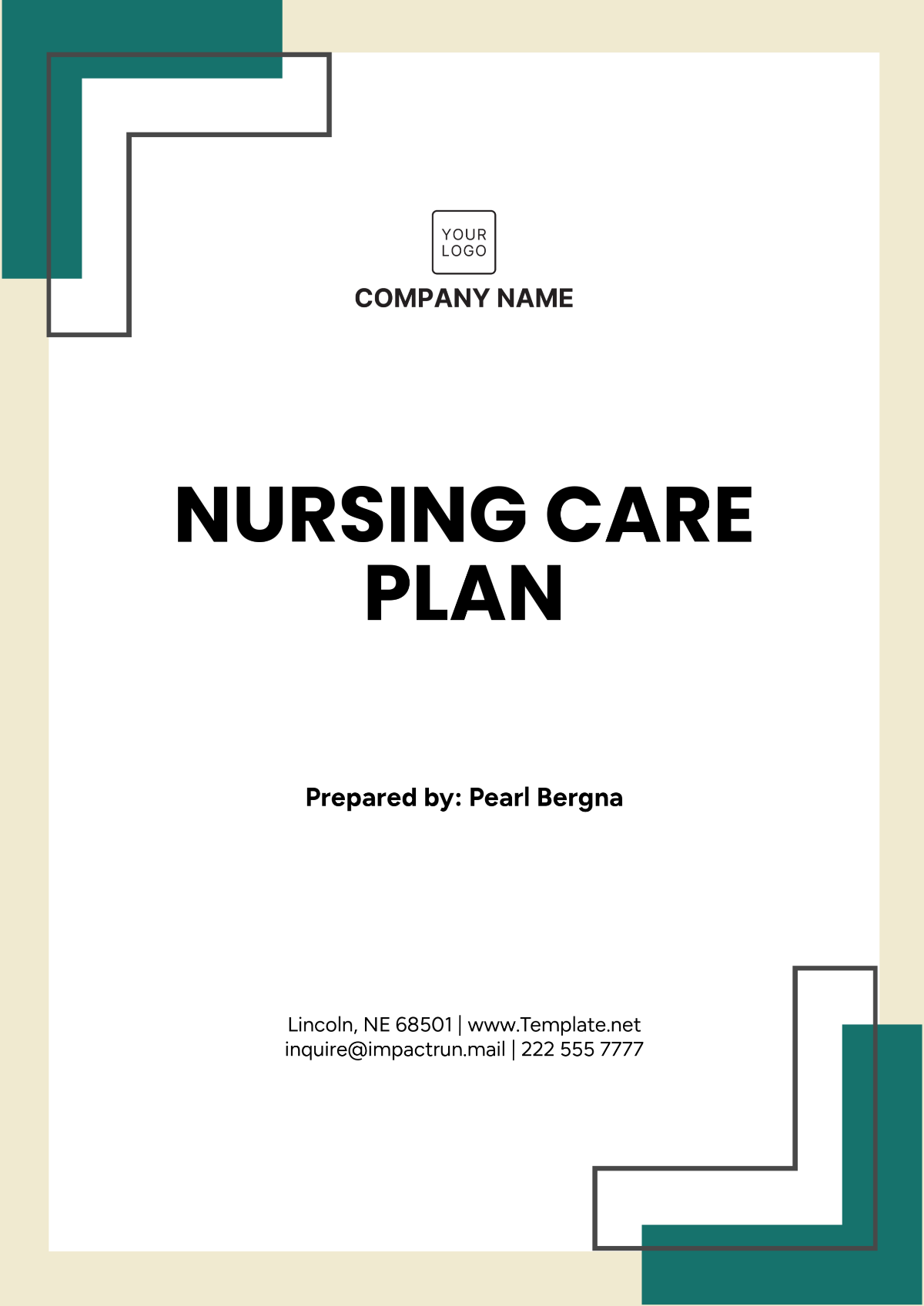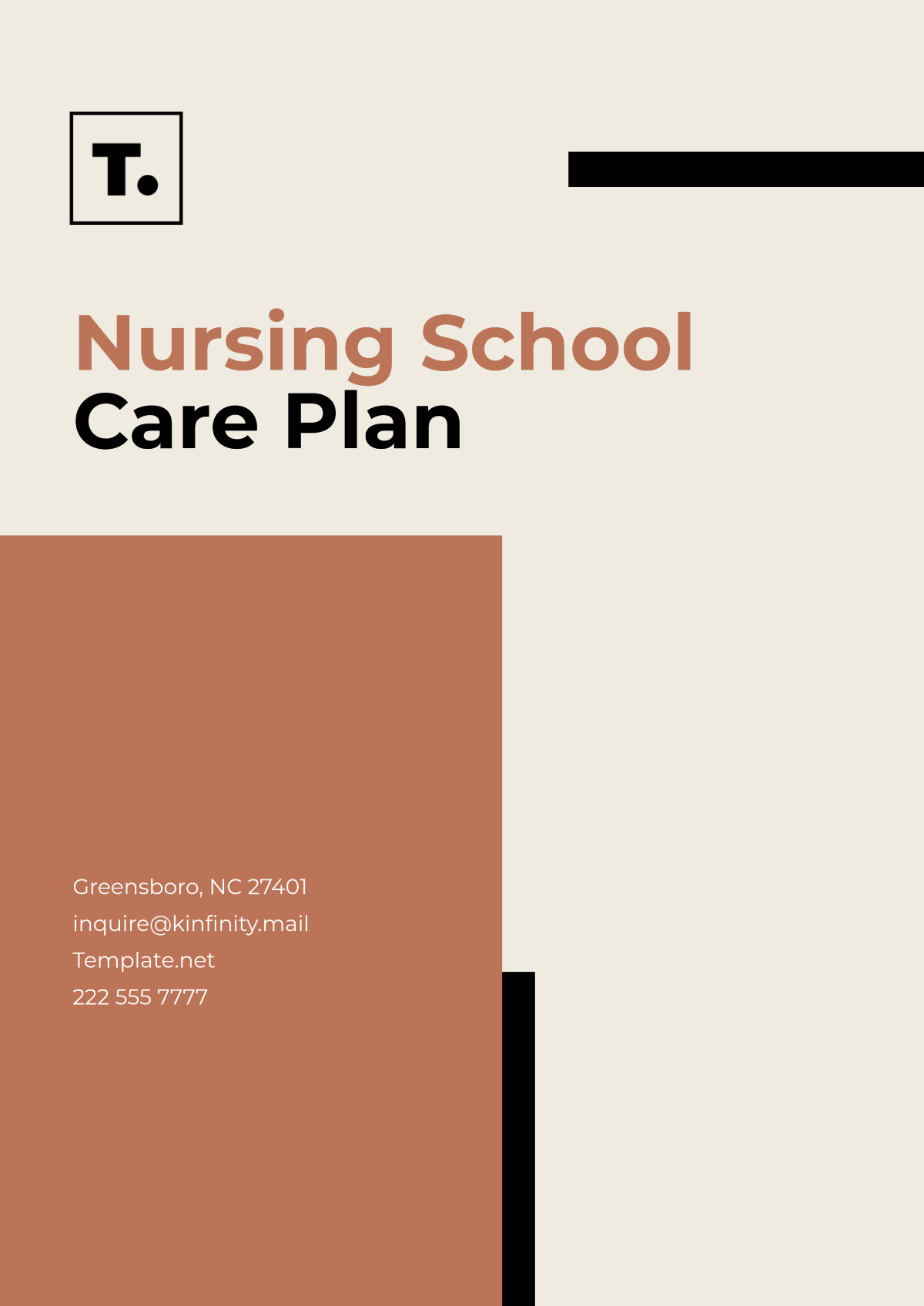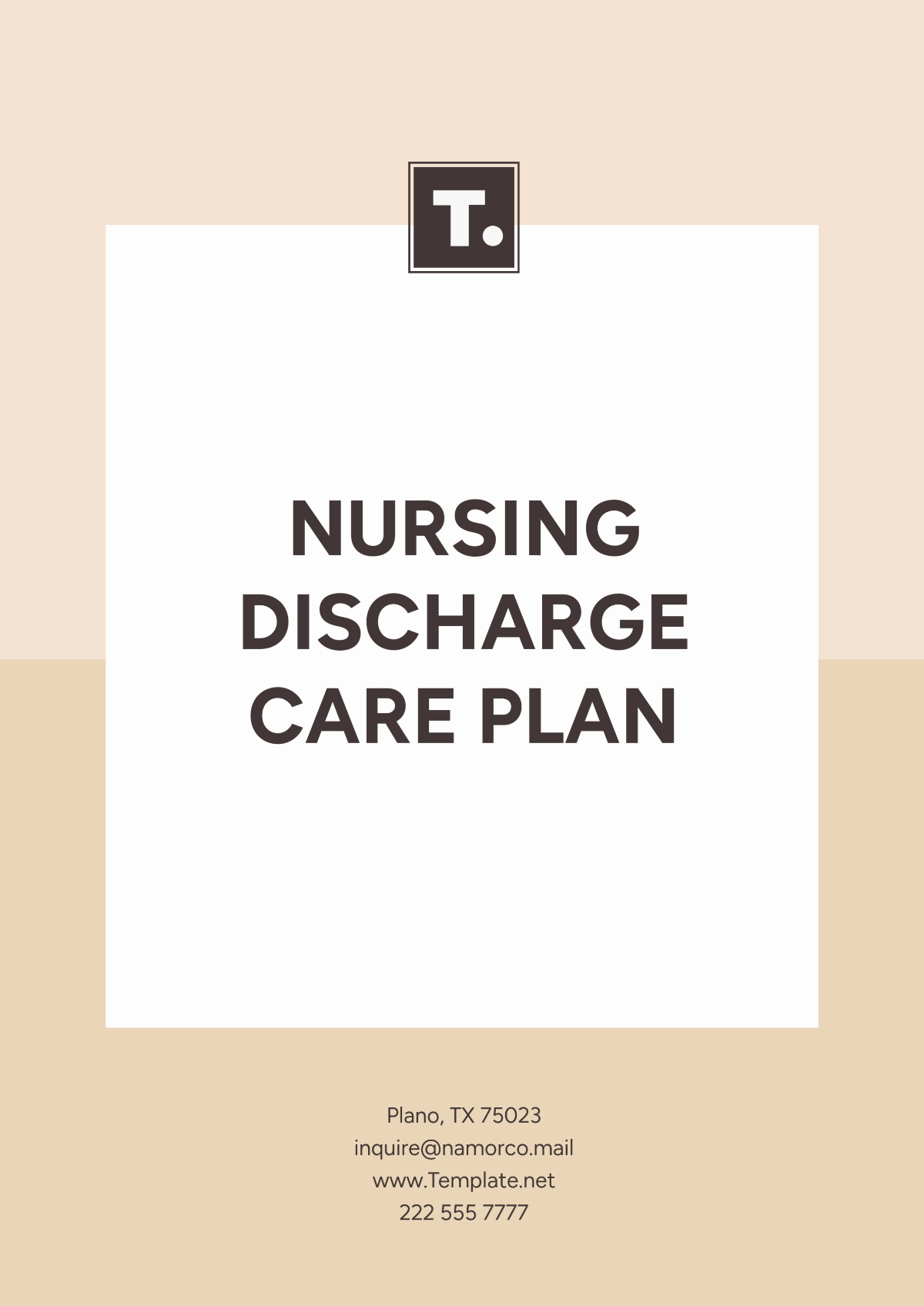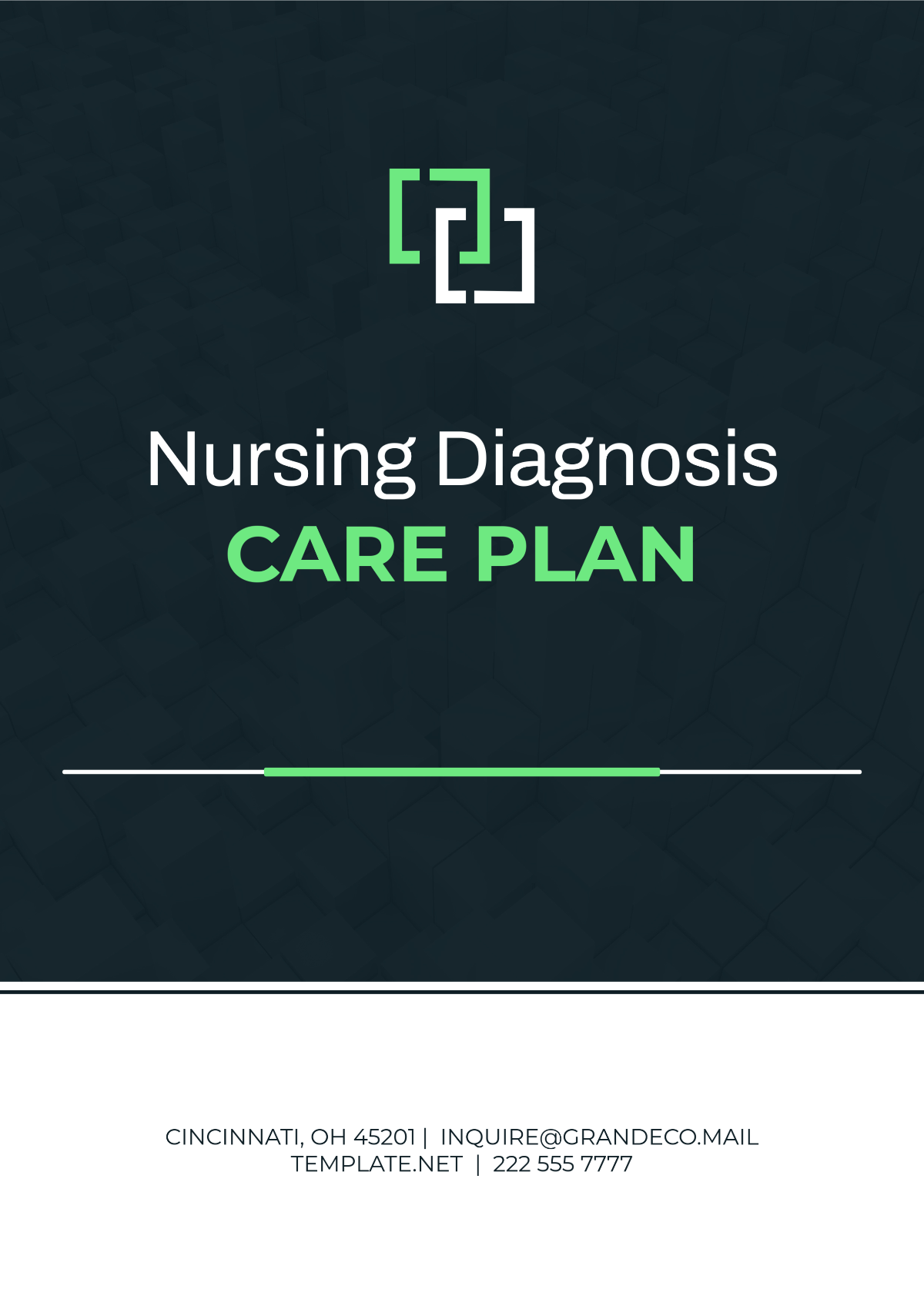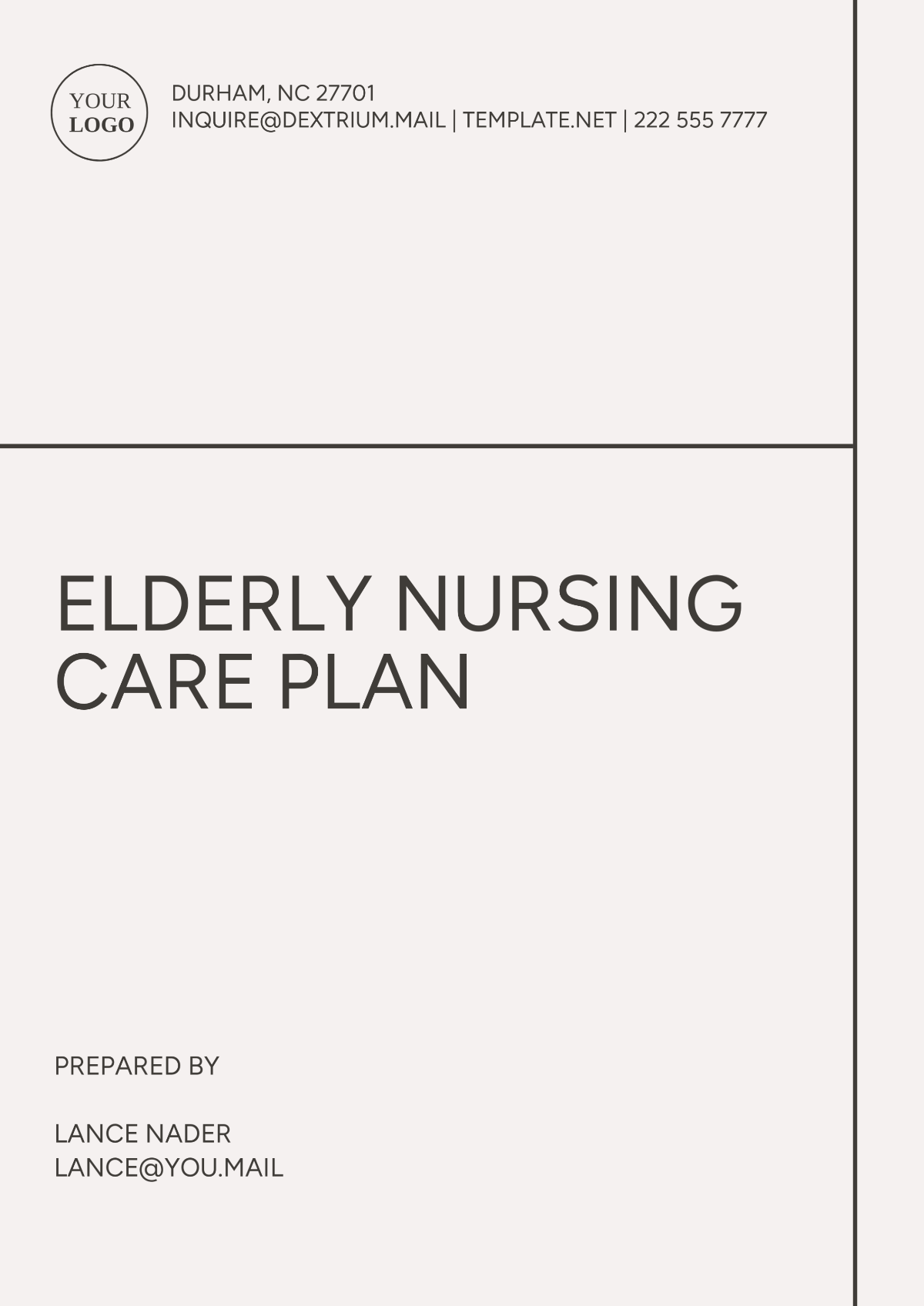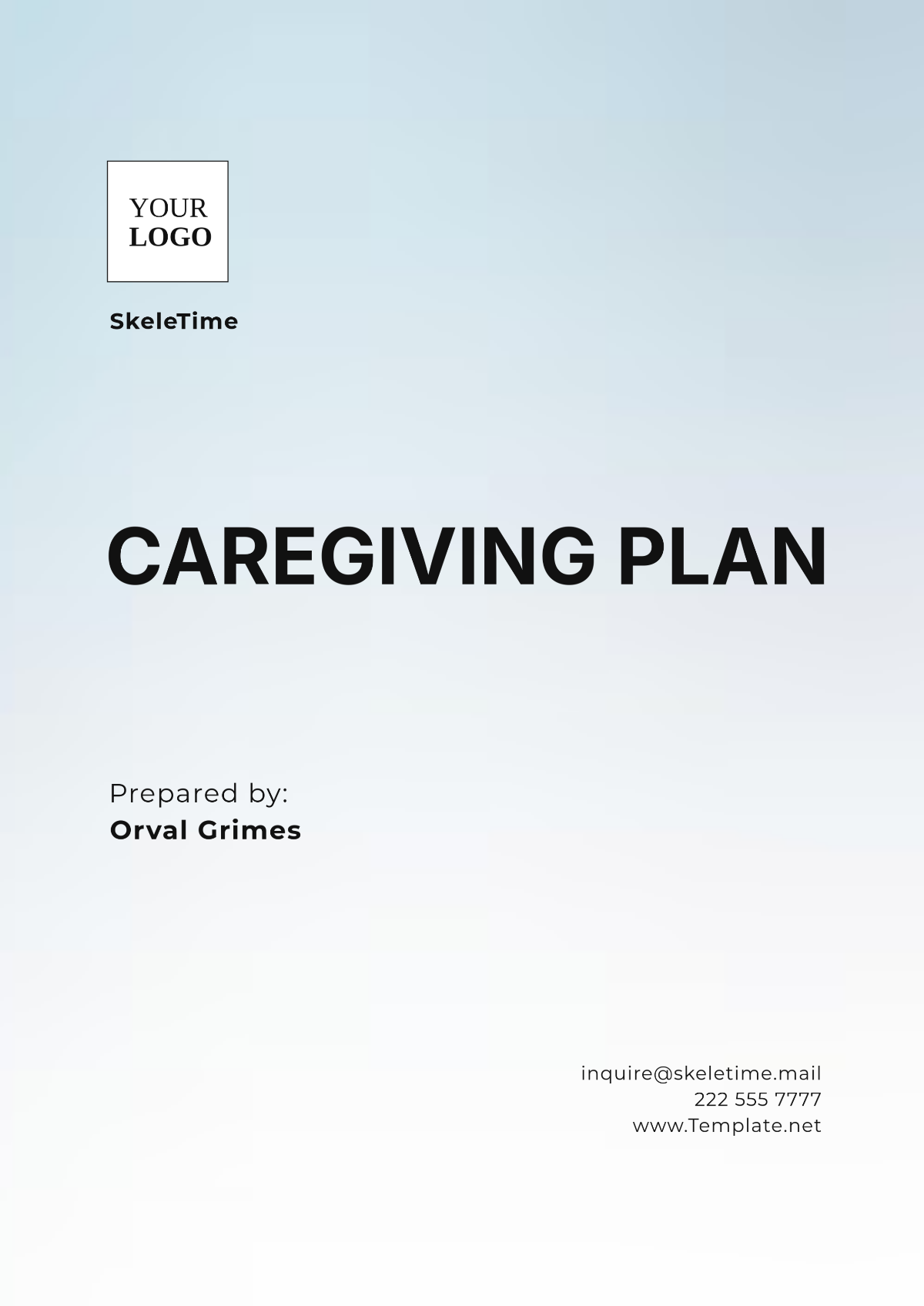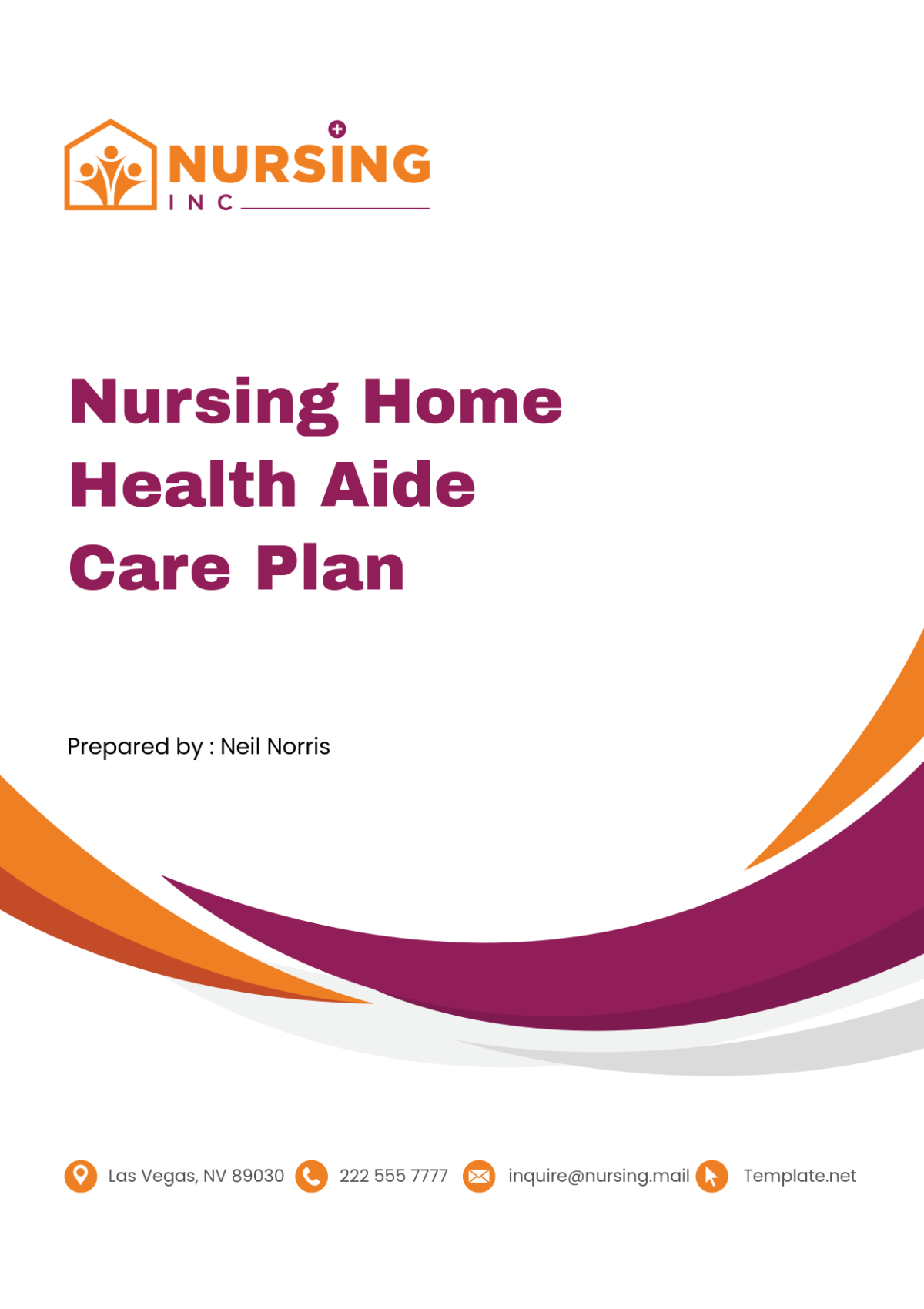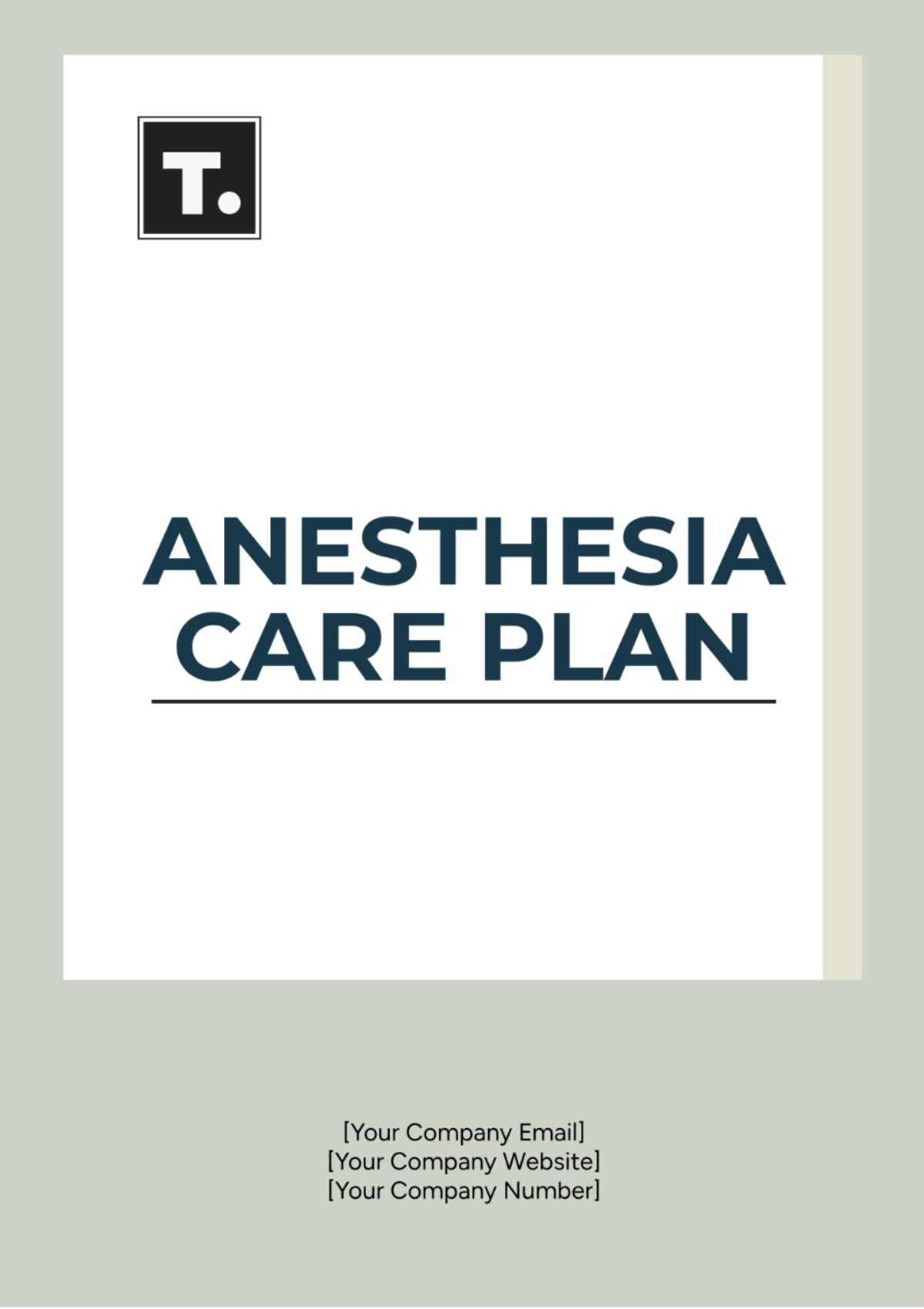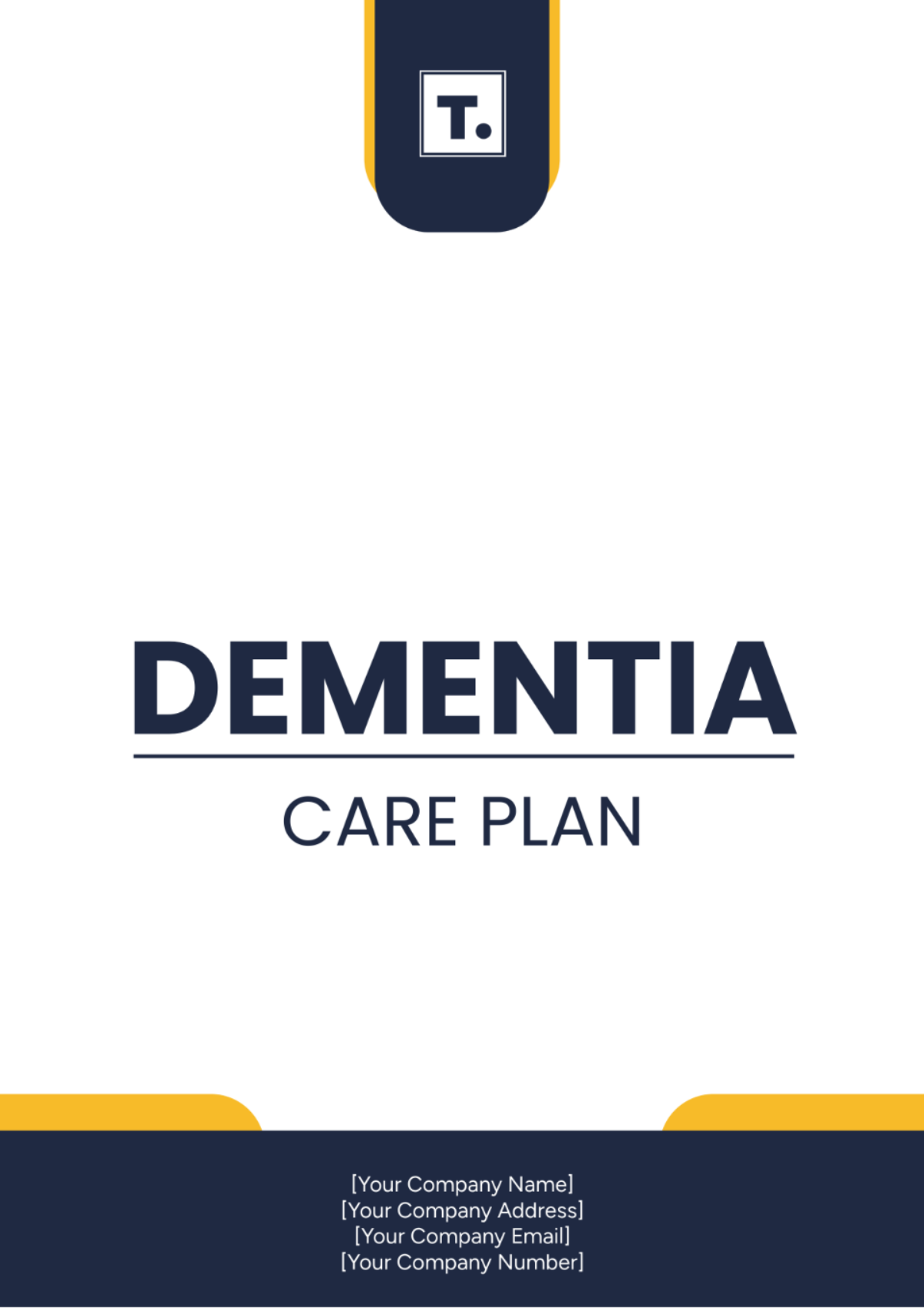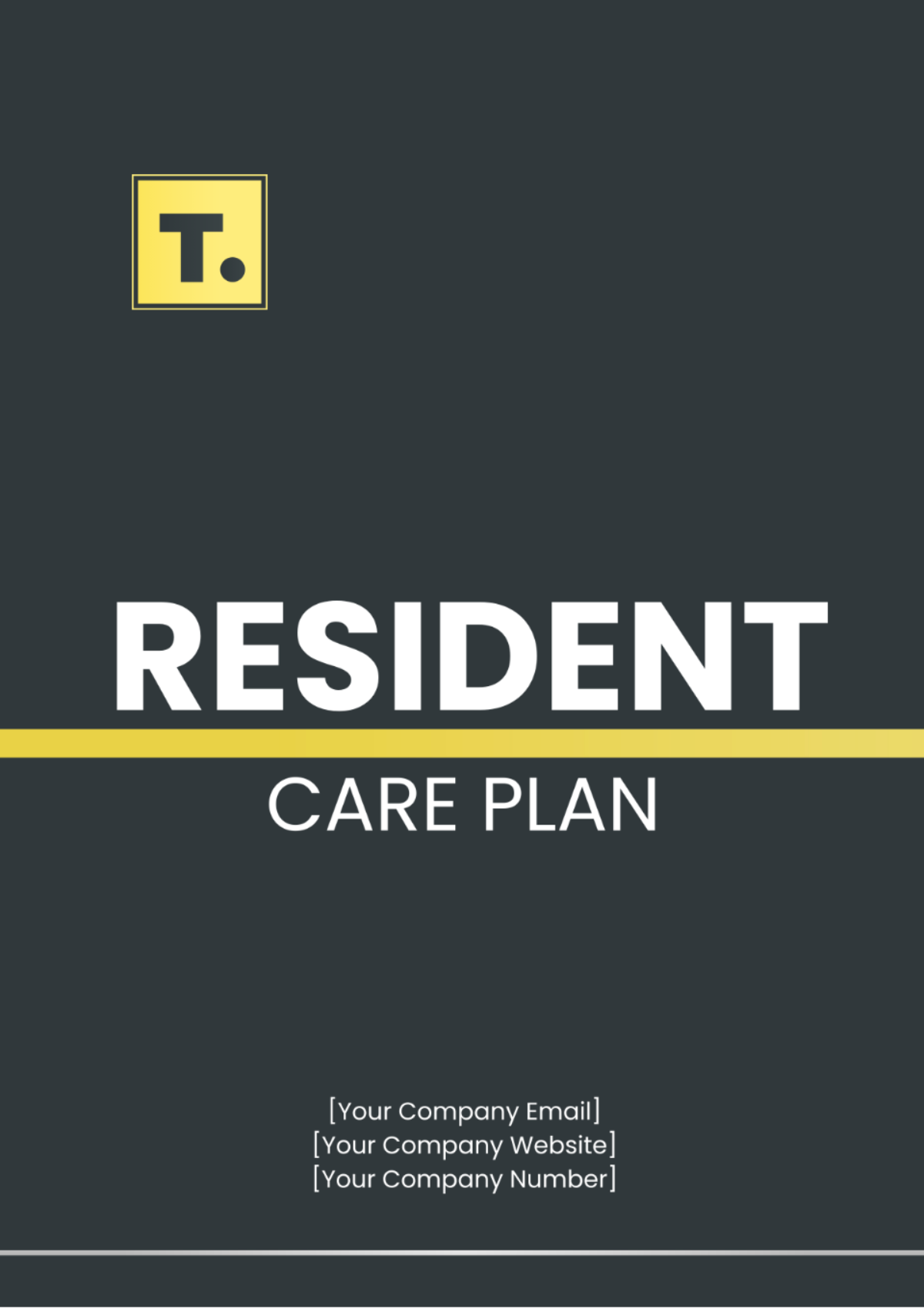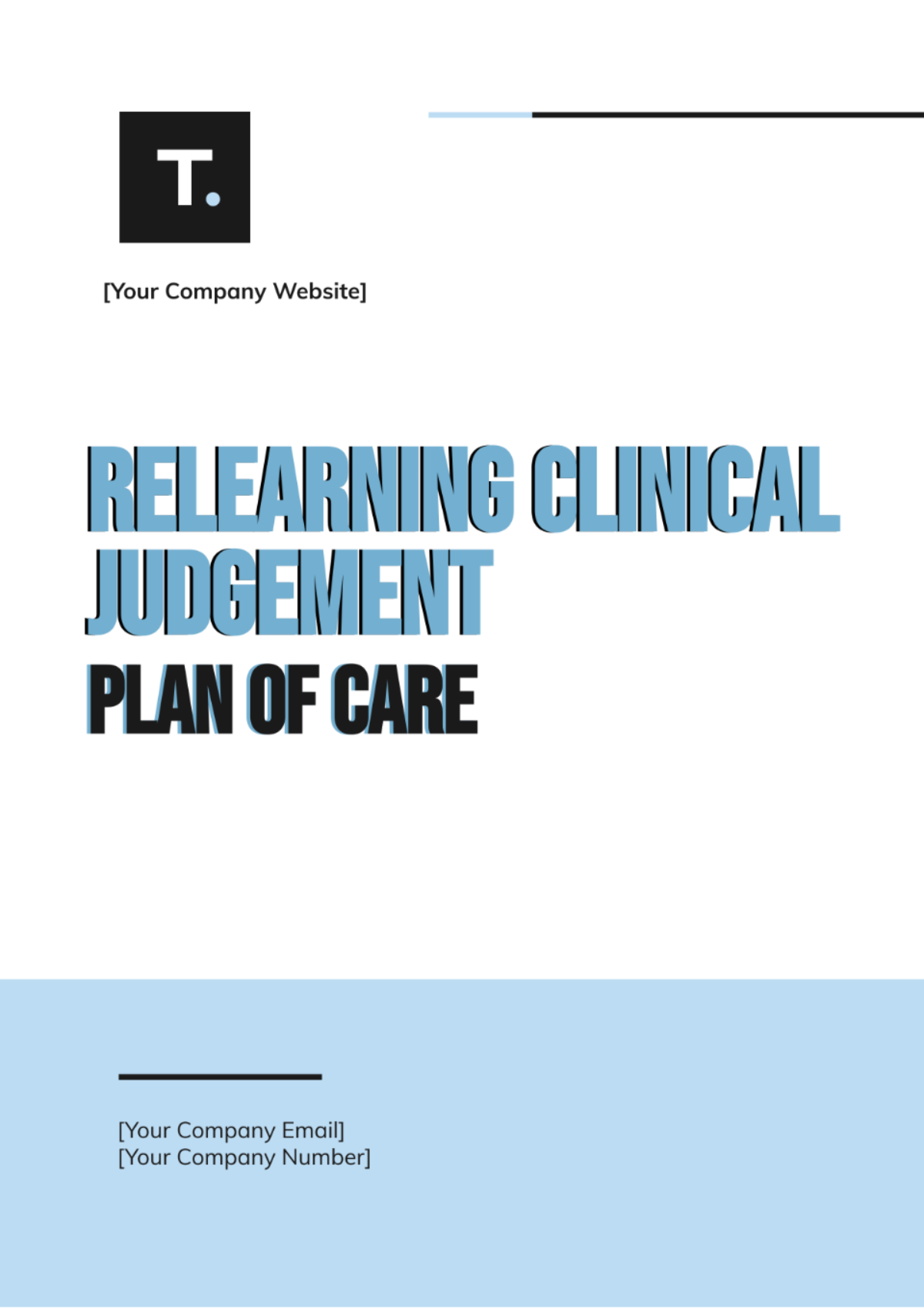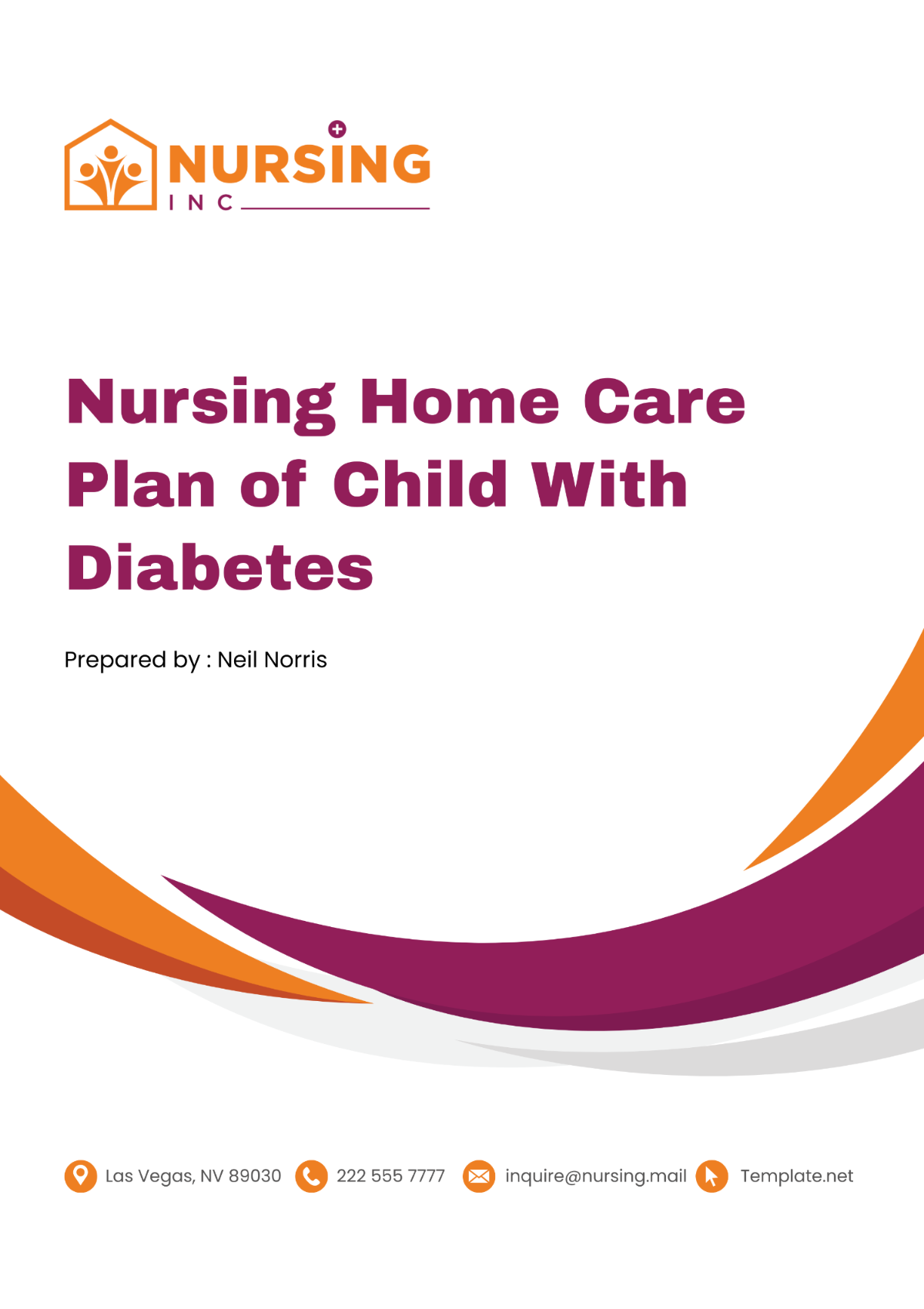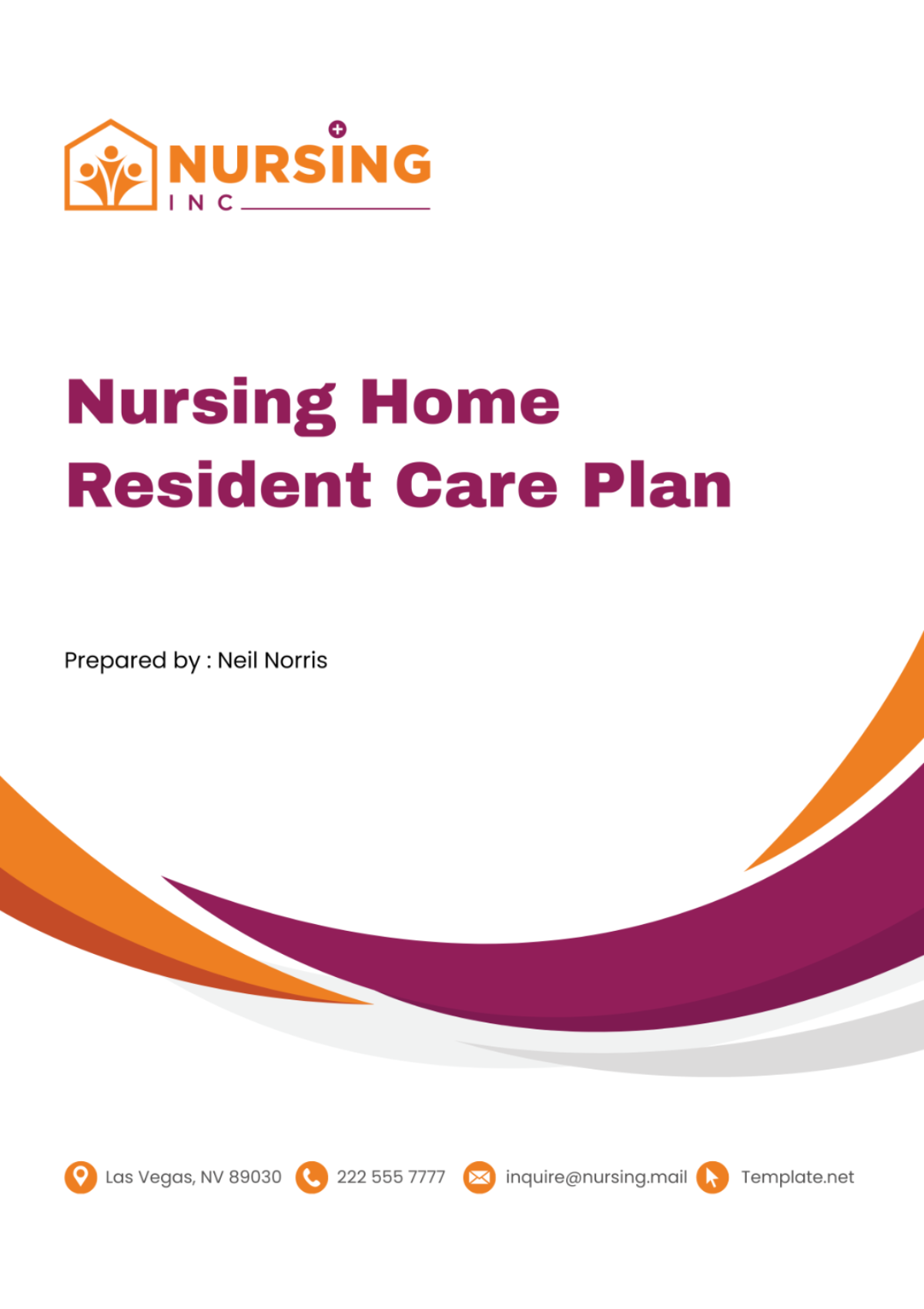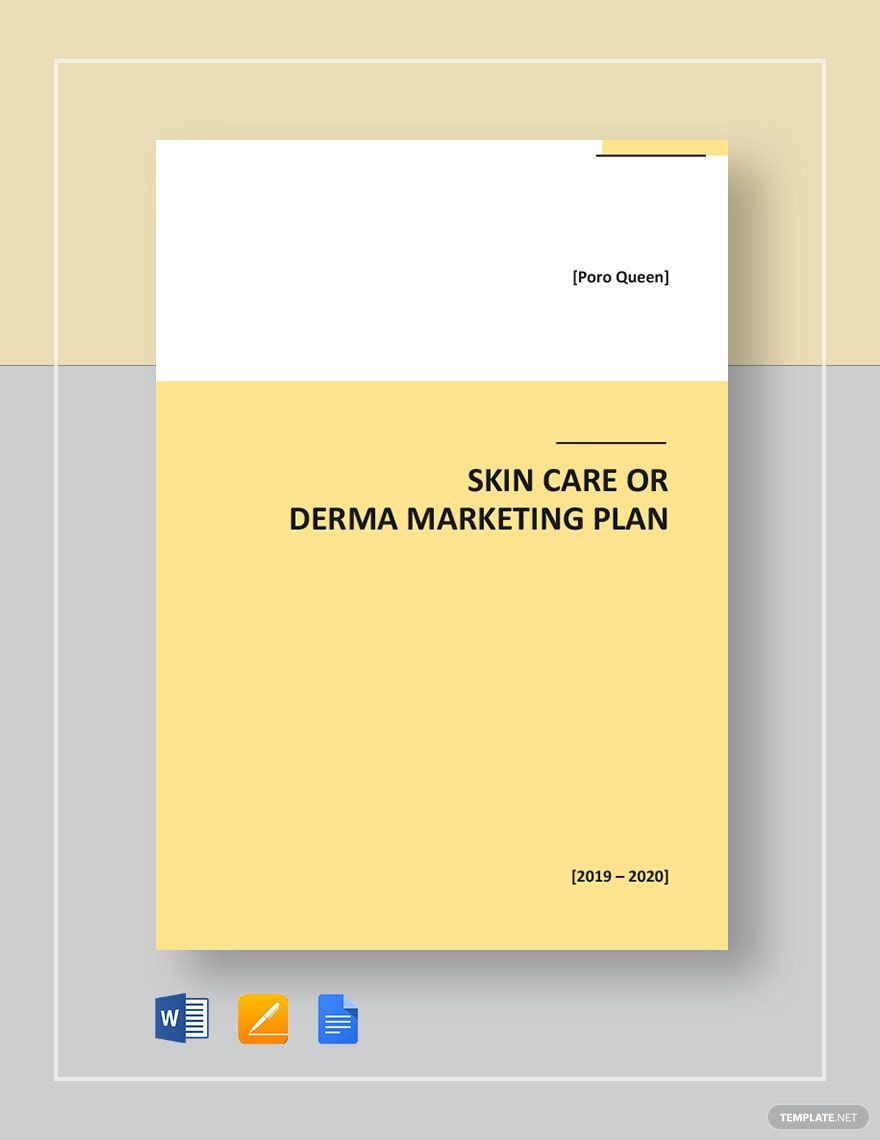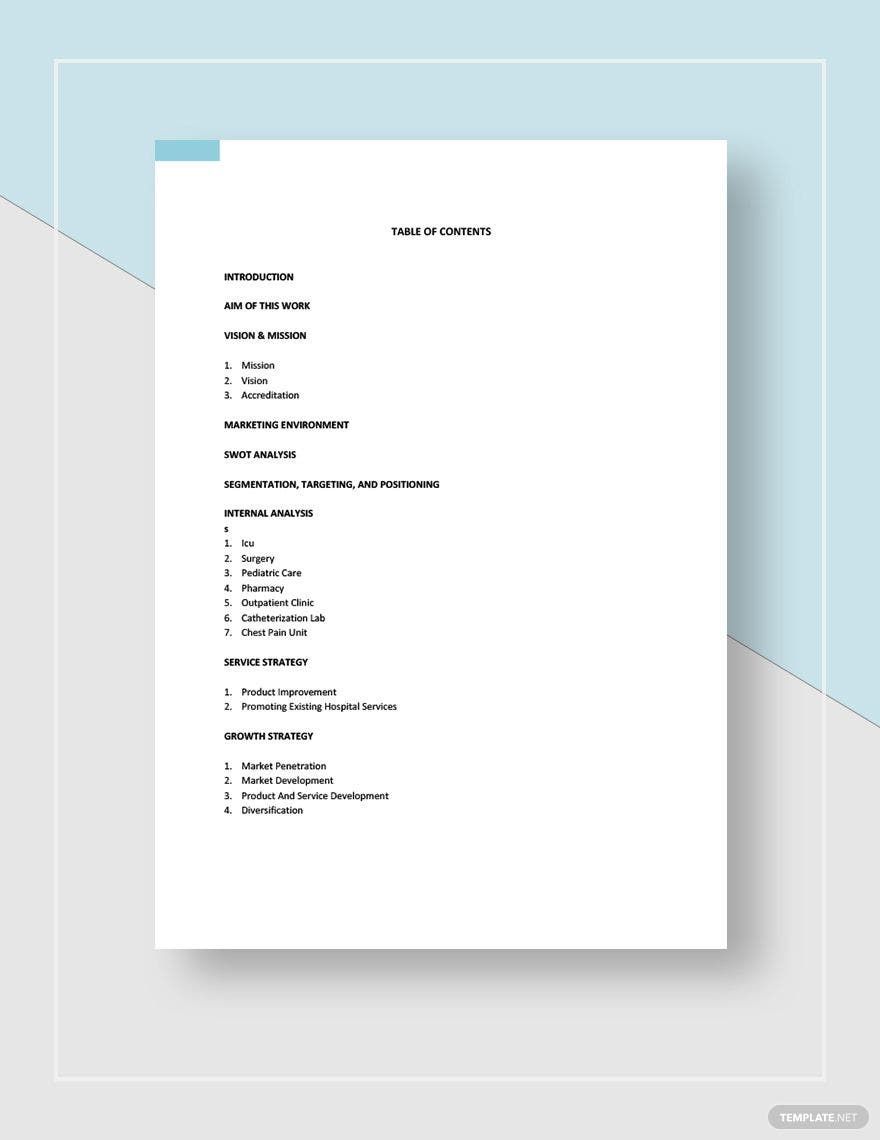Bring your Care Plans to life with Nursing Care Plan Templates from Template.net.
Keep your healthcare team engaged, enhance patient outcomes, and streamline your care process with our Nursing Care Plan Templates by Template.net. These templates are perfect for healthcare professionals looking to efficiently document and manage their patients' care plans. Whether you need to outline a comprehensive care strategy or update team communication protocols, these templates provide the clarity and structure you need. Each plan includes crucial components like patient assessments, treatment goals, and nursing interventions, ensuring you cover every detail. With no design skills needed, our professional-grade templates offer a user-friendly experience, allowing for both print and digital distribution to suit your facility's needs.
Discover the many Nursing Care Plan Templates we have on hand to support varied medical specialties and environments. Begin by selecting a template that fits your specific patient needs, easily swap in patient data and tweak medical treatments using our intuitive interface that adjusts colors and fonts to match your healthcare facility's standards. For a more dynamic presentation, drag-and-drop icons and graphics, or add animated effects to bring your care plans to life. Our AI-powered text tools assist in refining and personalizing texts effortlessly, ensuring your plans are both comprehensive and polished. With a regularly updated library of templates, new designs are added weekly to keep you ahead of the curve. When you're finished, download or share your nursing care plans via print, email, or secure hospital systems, making collaboration seamless across multiple channels.
